
Professor Pablo Jarillo-Herrero, Katzenstein Distinguished Lecturer
The University of Connecticut, Department of Physics, is proud to announce the 27th Annual Katzenstein Distinguished Lecturer on Friday, January 30th , 2026 by Professor Pablo Jarillo-Herrero. Pablo Jarillo-Herrero is a Cecil and Ida Green Professor of Physics at the Massachusetts Institute of Technology and a member of the US National Academy of Sciences. He […]
[Read More]
In Memoriam: William C. Stwalley
We are saddened to share that William (Bill) Stwalley, professor emeritus and former head of the Department of Physics, passed away on Oct. 7, 2025, in Minneapolis, surrounded by his loving family. Bill joined the University of Connecticut in 1993 and led the department with distinction until 2011. He retired in 2016 as a Board […]
[Read More]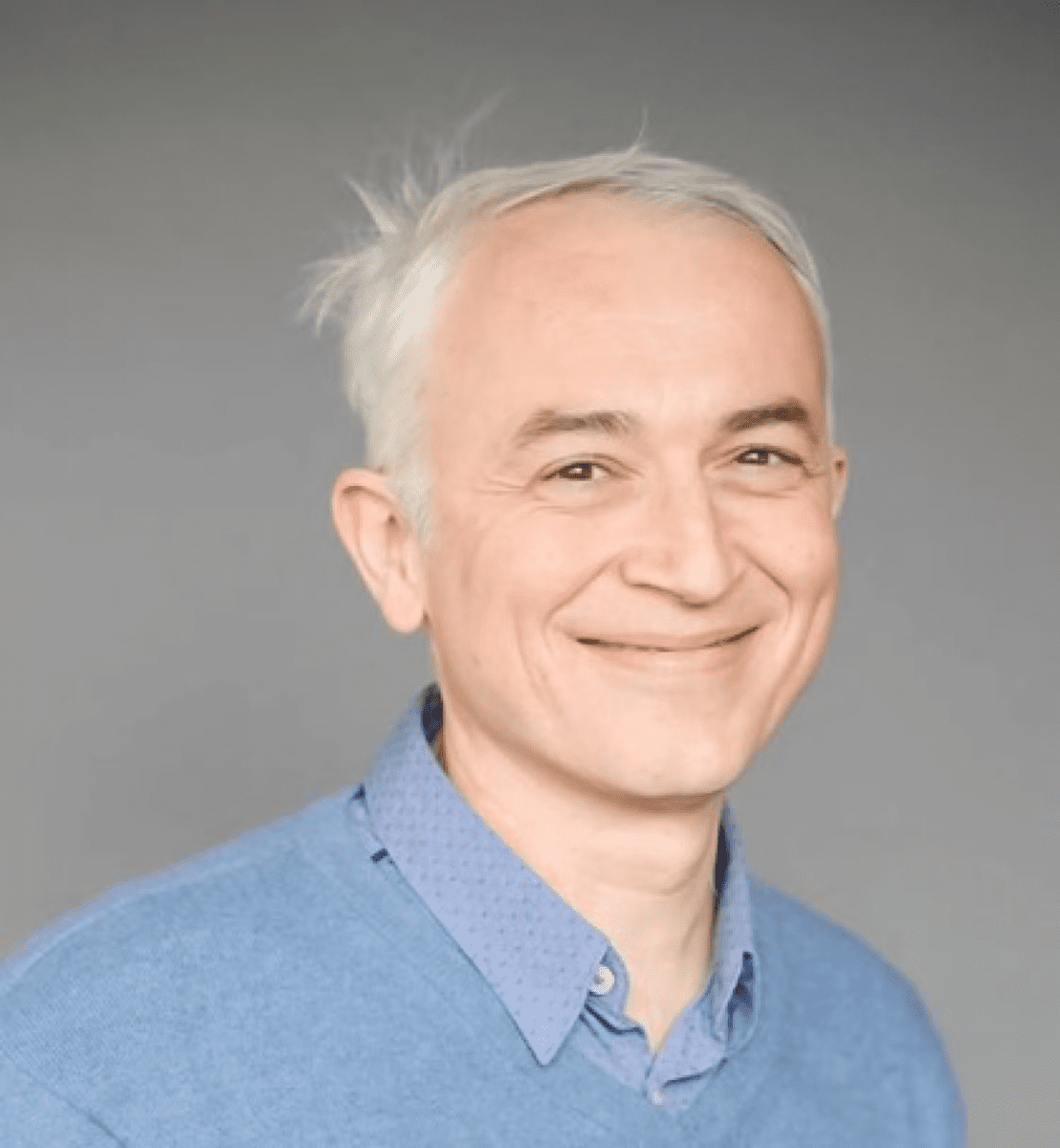
Professor Vladan Vuletić, Pollack Distinguished Lecturer
The University of Connecticut, Department of Physics is proud to announce Edward Pollack Distinguished Lecture will be on Friday, November 7th, 2025. The speaker is Prof. Vladan Vuletić, Department of Physics, MIT. The title of his lecture is “The Quantum Age: From Atomic Clocks to Quantum Computers” For the time and the location of the […]
[Read More]Annual UConn Queer Science Conference
Professor Menka Jain’s two PhD students, Jacob Pfund and Zachary Ritchey, assisted with planning and organizing the fourth annual UConn Queer Science Conference on June 8th 2025. With activities such as brain dissections, fly genetics demos, and pathobiology lab tours, the participating high school students learn about a cross-section of different scientific disciplines throughout the […]
[Read More]Physics Teaching Lab at UConn Stamford Campus Gets an Upgrade
This summer, thanks to $25,000 in funds from CLAS we have made some major improvements to the lab equipment and organization here in Stamford. Since well before I started as an adjunct professor at Stamford in 2018, the lab storage closet has been filled with a jumbled pile of outdated equipment. Much of the equipment […]
[Read More]Lab tours for women in Science, Math, and Engineering
Prof. Menka Jain and her group hosted ~35 WiMSE students from UConn Storrs arranged by the Women in Math, Science and Engineering Learning Community. The goal of such lab tours is to provide female undergraduate students with a first-hand knowledge at the dynamic and impactful work being conducted at UConn in STEM fields, helping to […]
[Read More]Professor Gai’s Five Months Fulbright Stint, Spring 2025
Professor Gai completed in May 2025, a five-month Fulbright stint in Bucharest Romania. During this visit he collaborated on research at the new EU world highest power (10 PW) laser lab, the Extreme Light Infrastructure Nuclear Physics (ELI-NP), in Magurele near Bucharest. He taught a graduate class at the ELI-NP on “Physical Concepts of Stellar […]
[Read More]2024-2025 Physics PhDs
James Andrew Casey-Clyde Advisor: Chiara Mingarelli Thesis: “Multi-Messenger Constraints on Supermassive Black Hole Binaries” Provakar Datta Advisor: Andrew Puckett Thesis: “Precision Measurements of the Neutron Magnetic Form Factor to High Momentum Transfer using Durand’s Method” Megan Davis Advisor: Jonathan Trump Thesis: “Timing is Everything: Single and Binary Quasars in Massive Time-Domain Surveys” Logan Fries Advisor: […]
[Read More]UConn Honorary Degree Awarded to Alumnus, Manasse Mbonye, PhD 1996
Manasse Mbonye (UConn Physics PhD 1996, Advisor: Ron Mallett) was awarded an Honorary Doctor of Science degree, and was the Commencement Speaker at the UConn Commencement ceremony in Gampel Pavilion on May 12, 2025. Manasse has had a remarkable career in physics, politics and scientific administration since completing his PhD in Physics at UConn in […]
[Read More]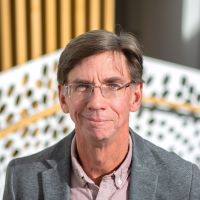
Department Head greeting
Dear Friends of UConn Physics, While I look forward to sharing the news and accomplishments of the Physics Department over the past year, I can’t help but say that one word keeps coming to mind: turbulent. There is no getting around the fact that at the university, state, and federal levels, things have been changing […]
[Read More]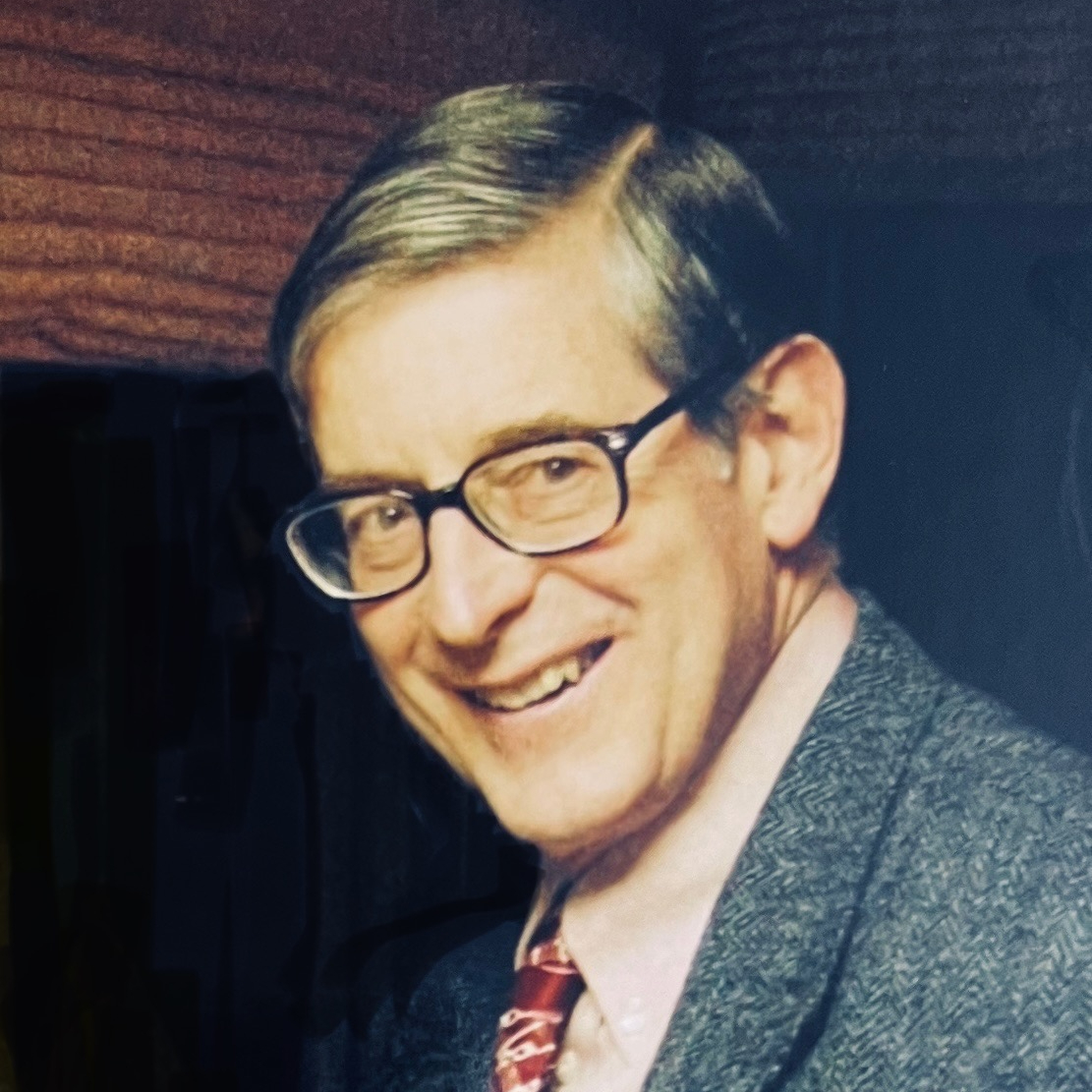
In Memoriam: Professor Winthrop Smith, 1936-2025
Sadly, Prof. Emeritus Winthrop W. Smith passed away in Peabody, MA on April 7, 2025, with his devoted daughter Sarah by his side. After growing up in New Jersey, Win received his undergraduate and graduate degrees in physics from Amherst and MIT, respectively, and then undertook postdoctoral work at the Joint Institute of Laboratory Astrophysics […]
[Read More]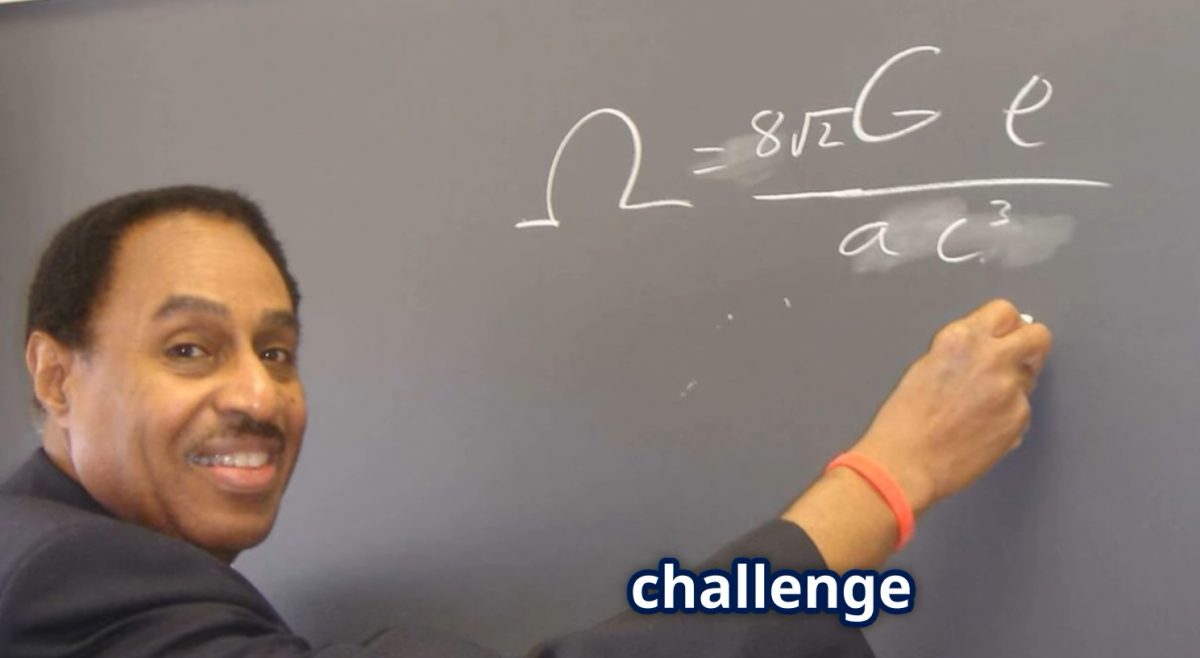
An article in Earth.com describes the research and the life story of Prof. Mallett
“…More than a scientific pursuit, Mallett’s story testifies to human resilience, intellectual courage, and hope’s enduring power. Whether his theoretical time machine ever materializes, his legacy is immeasurable—inspiring countless individuals to challenge conventional limits and perceive time not as an unyielding barrier, but as a boundless frontier awaiting exploration.”
[Read More]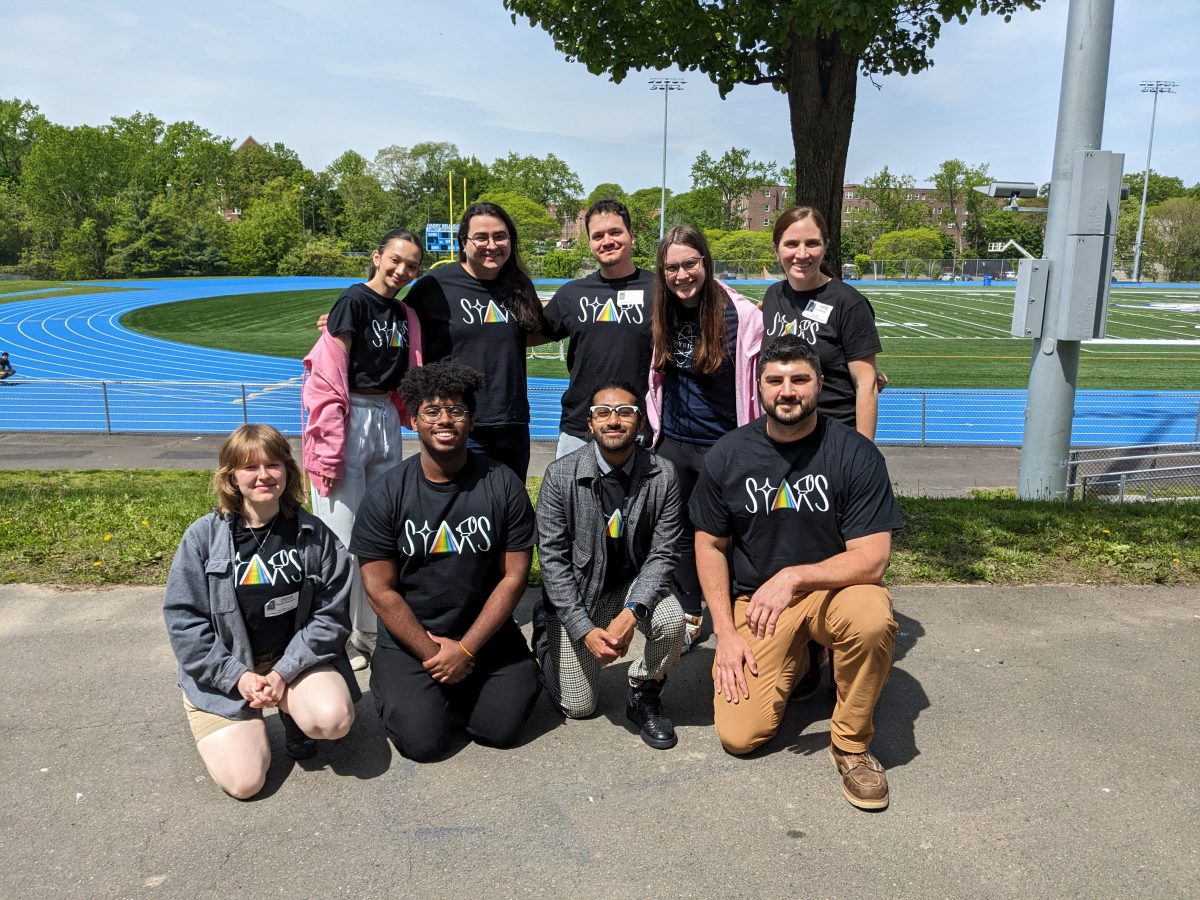
UConn STARs Visits Hartford Public High School in May 2025
The UConn STARs program had its annual outreach event at Hartford Public High School (HPHS) during the week of May 12-16, 2025. We taught four specially-crafted lesson plans to eight classrooms of students and hosted two lunchtime solar telescope observing sessions. The outreach event was a huge success. We estimate that we reached about 170 […]
[Read More]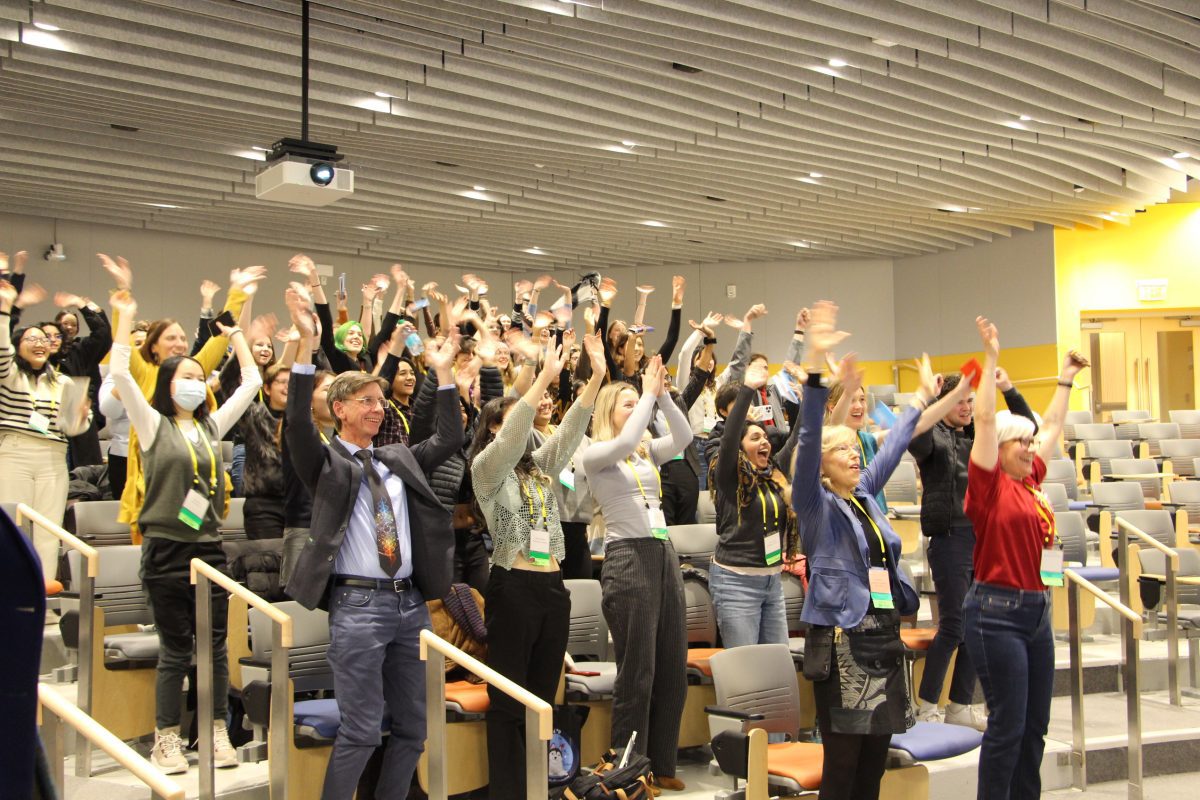
UConn Physics Department hosted the 2025 conference for Undergraduate Women and Gender Minorities in Physics
The Physics Department hosted the 2025 American Physical Society Conference for Undergraduate Women and Gender Minorities in Physics in January 24-26. This was achieved with the support of the College of Liberal Arts and Science, the Provost’s Office, and the Office of Sponsored Programs, the College of Engineering, the Institute of Material Sciences, the APS […]
[Read More]
UConn Students featured by Press Releases at the American Astronomical Society
Two UConn students presented press releases at the 245th meeting of the American Astronomical Society, held in Washington, DC on January 12-16, 2025. UConn undergraduate Danya Alboslani presented a new method to map the 3D structures of star-forming clouds using X-ray light echoes. This press release resulted from a paper submitted to the Astrophysical Journal […]
[Read More]Alumni Highlights
Written by Nora Berrah: Debadarshini (Jolly) Mishra successfully defended her PhD thesis in May 2024 in Atomic, Molecular and Optical Physics. Jolly gave several presentations at national and international conferences and is the co-author of 8 publications. She is now a postdoc at Lawrence Berkeley National Lab and was hired before her thesis defense to […]
[Read More]2024 Physics PhDs Awarded
Bren Backhaus Advisor: Jonathan Trump Thesis: “Emission-Line Properties of High-Redshift Galaxies and their Black Holes” Dharma Basaula Advisor: Serge Nakhmanson Thesis: “Mesoscale Modeling of Thermoelectric Materials” Mitchell Bredice Advisor: Vasili Kharchenko Thesis: “Kinetics, Nucleation, and Relaxation Dynamics of Ion-Seeded Nanoparticles” Michael Davino Advisor: Carlos Trallero Thesis: “Strong-field Physics from Atoms to Nanoparticles” Ashok Gurung Advisor: […]
[Read More]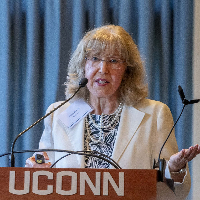
UConn Celebrates National Academies Members
On August 27, 2024, scholars, trustees, and friends of UConn gathered at the University of Connecticut School of Law to honor members of the university community elected to the National Academies of Sciences, Engineering, and Medicine. Established by an Act of Congress in 1863, the National Academy of Sciences was followed by the National Academy […]
[Read More]
Department Head greeting
Dear Friends of UConn Physics, Last year, I wrote to you as a new Interim Head of Physics and only barely a month into my appointment. During the past year, we conducted a search for a permanent head and I was selected. For this, I am very grateful for the trust and support I received […]
[Read More]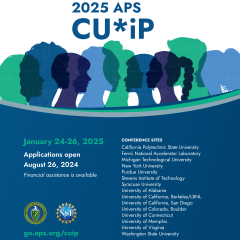
UConn Physics Department Hosting January 2025 CU*iP.
Every year, the American Physical Society (APS) sponsors CU*IP – Conference for Undergraduate Women and Gender Minorities in Physics – at several locations around the country. This year, led by Prof. Nora Berrah, UConn Physics applied to host this national conference in Storrs and our proposal was accepted for January 24-26, 2025! The purpose of […]
[Read More]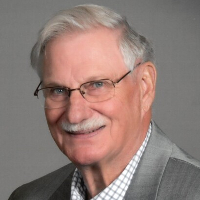
In Memoriam: Lawrence “Larry” Kappers
Lawrence “Larry” Kappers, passed away on Friday, August 2, 2024. Professor Lawrence (Larry) Kappers (aka “Kap”) retired in 2009, having joined the UConn Physics Department in 1973. After receiving his Ph.D. from the University of Missouri-Columbia and completing postdoctoral appointments at the University of Minnesota and Oklahoma State University, he developed an active research program […]
[Read More]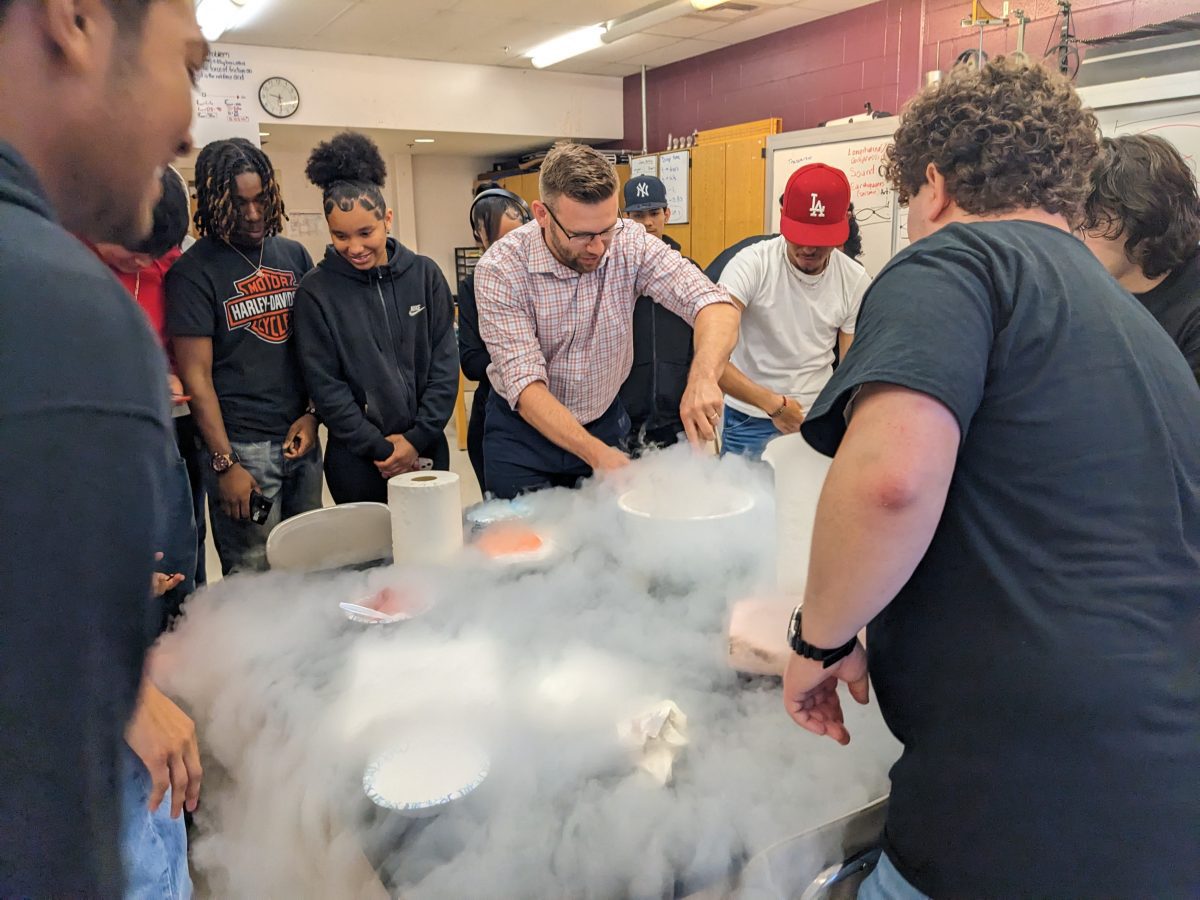
UConn STARs visits Hartford Public High School
The UConn STARs group visited Hartford Public High School (HPHS) to teach physics for a total of eight class periods from May 6th-9th, 2024. UConn brought 16 undergraduate students from the STARs program to HPHS for our annual outreach program, during which we interacted with about 100 high school students. We collaborated with physics teacher […]
[Read More]In Memoriam: Thaddeus Burch
Father Thaddeus J. Burch passed away May 14, 2024 in Wauwatosa, WI. He was 93 years old, a Jesuit for 75 years and a priest for 62 years. His life combined his deep religious faith with a quest and appreciation for the world of physics. In addition to his two bachelor’s degrees in philosophy and […]
[Read More]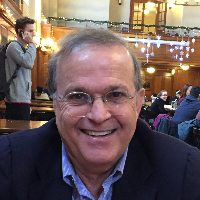
Prof. Moshe Gai Awarded 2024-2025 Fulbright U.S. Scholar Award
Professor Moshe Gai, the director of the Laboratory for Nuclear Science, aka the Astrophysics Laboratory, https://astro.uconn.edu, was awarded a 2024-2025 Fulbright US Scholar Award to teach and do research in Romania. He will spend five months at the newly constructed world highest power laser lab (10 PW), the Extreme Light Infrastructure Nuclear Physics (ELI-NP), recently […]
[Read More]
Nobel Prize Winner, Professor Adam Riess, Katzenstein Distinguished Lecturer
The University of Connecticut, Department of Physics is proud to announce the 26th Annual Katzenstein Distinguished Lecturer that will be on Friday, November 15th.
[Read More]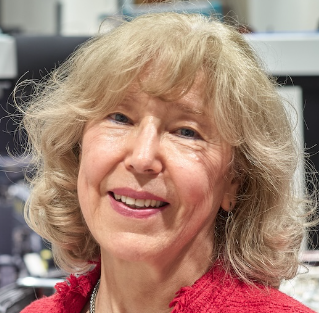
Professor Nora Berrah Elected to National Academy of Sciences
UConn physics professor Nora Berrah has been elected as a member of the National Academy of Science (NAS), becoming the fifth member from the UConn community to join the selective national society.
[Read More]
2024 Sigma Pi Sigma Honors Society Celebration!
Congratulations to 2024 Sigma Pi Sigma Honors Society Inductees!
[Read More]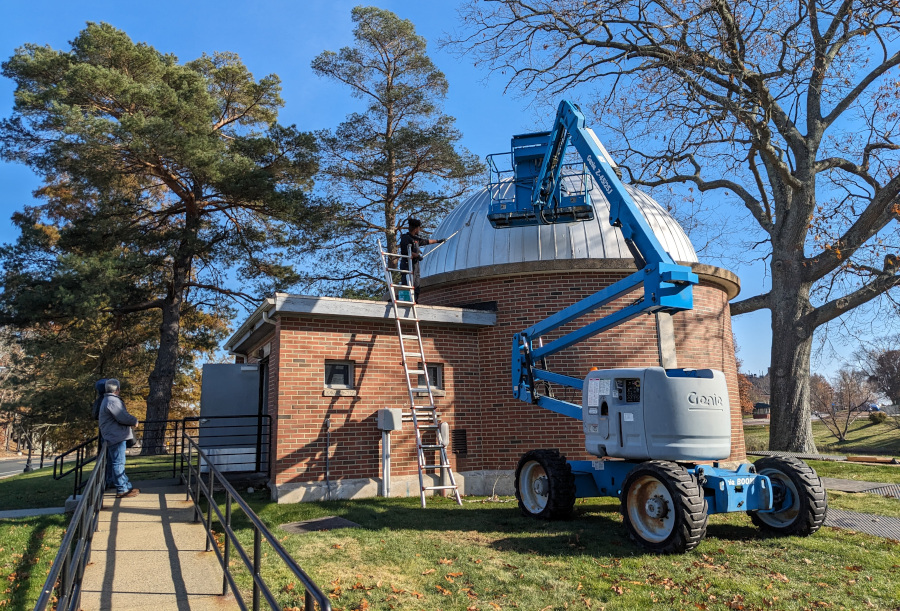
UConn’s Old Planetarium Gets a New Upgrade
Connecticut’s oldest planetarium will soon be back in action. Once used for education and outreach for UConn faculty, students, and community members, the planetarium fell into disuse in the last several years, but Department of Physics Assistant Professor-in-Residence Matt Guthrie has been working hard with skilled facilities staff, including CLAS Facilities Team Leader Brett DeMarchi, to bring this piece of UConn history back into working order.
[Read More]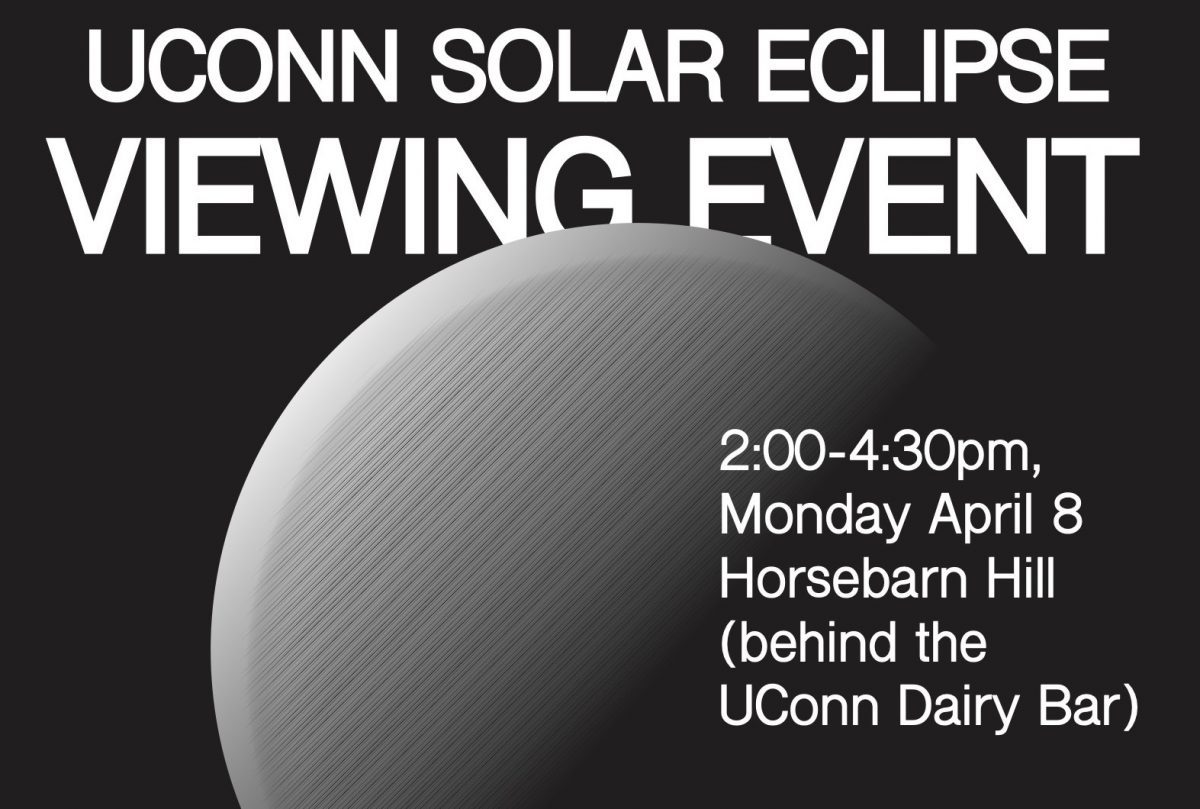
Solar Eclipse Viewing Event: 2-4:30pm Mon Apr 8 on Horsebarn Hill
UConn faculty and students will host a community event to view the solar eclipse at 2:00-4:30pm this Monday, April 8, on Horsebarn Hill (behind the Dairy Bar). Here in Storrs we’ll observe a maximum occultation of 92% at 3:28pm. This is a very exciting and special opportunity, since the next time that our location will […]
[Read More]
Two physics undergrads among 2024 University Scholars
Two of UConn Physics Department’s undergrads, Rachel Cleveland and Nicholas Thiel-Hudson, have been recently selected as part of the 2024 cohort of UConn University Scholars! These students were selected based on the strength of their proposal. Graduation as a University Scholar recognizes a student’s extraordinary engagement with self-reflective learning and research or creative endeavors.
[Read More]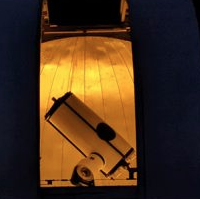
A Team Effort is Giving New Life to a Classic Observatory
After years of disuse, the UConn Observatory, featuring a 16-inch optical telescope, is coming back into service. Physics faculty member Matt Guthrie, a driving force behind this rejuvenation effort spoke with UConn Today about the benefits offered by the Observatory both to students and to the community.
[Read More]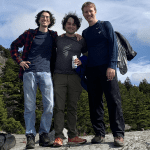
Physics Celebrates 51’st Annual Ascent of Mount Monadnock
On October 14, 2023 40-50 members and friends of the UConn Physics department took part in the 51’st annual ascent up Mount Monadnock, near Jaffrey, New Hampshire. After the hike, the then-hungry hikers descended to the campground near Gilson Pond and enjoyed some well-earned refreshments.
[Read More]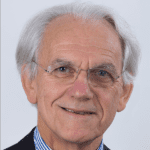
Nobel Prize Winner, Professor Gérard Mourou, Katzenstein Distinguished Lecturer
The University of Connecticut, Department of Physics, is proud to announce that on October 20, 2023, Gérard Mourou, professor and member of Haut Collège at the École Polytechnique and A. D. Moore Distinguished University Professor Emeritus at the University of Michigan and 2018 Nobel Prize winner, will be presenting the 25th Distinguished Katzenstein Lecture.
[Read More]
Physics Faculty Work to Improve Accessibility and Destigmatize Disability Across CLAS
About 20% of UConn students are supported by the Center for Students with Disabilities. The true percentage of students who need help is even higher. With so many students who require diverse ways of learning, how can faculty make sure their teaching is adequate, effective and inclusive for all students? In order to address this […]
[Read More]Department Head Greetings
Dear Friends of UConn Physics, Before highlighting some of the major events in the Physics Department during the past year, I need to sincerely thank Prof. Barry Wells for his leadership as Department Head for the past five years. Dr. Wells guided the department through the turbulent times of the COVID pandemic and resulting shutdown […]
[Read More]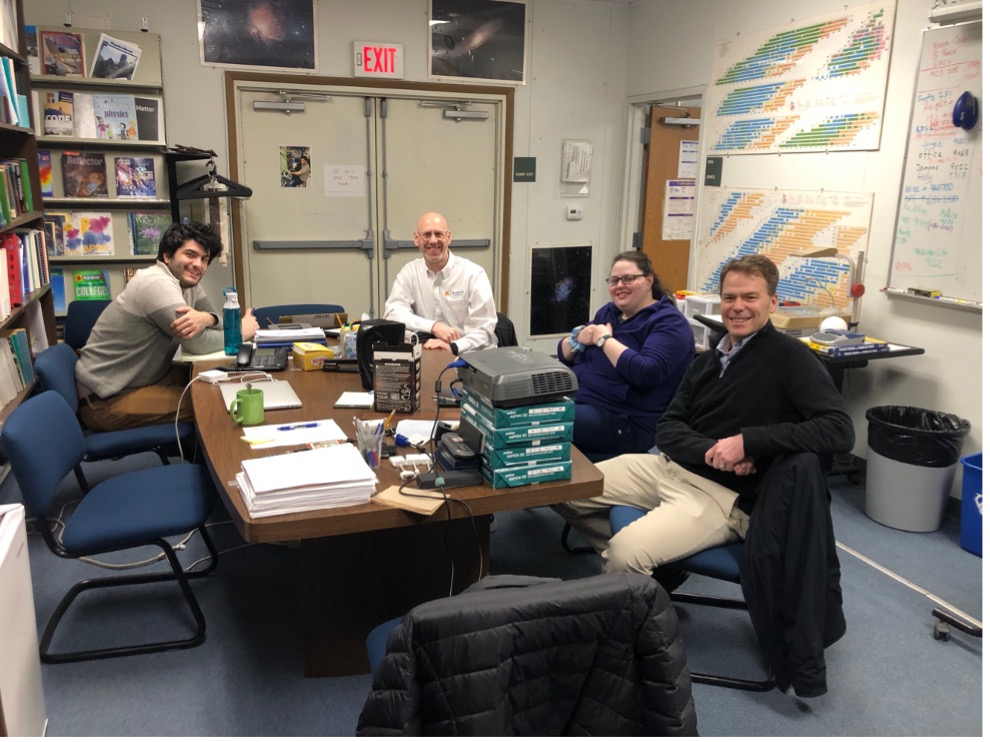
The Mirion Technologies Inc. – UConn Physics Partnership
Mirion Technologies, Inc. (https://www.mirion.com) formerly Canberra Inc., located in Meriden, CT, a worldwide leading company for manufacturing of electronics and nuclear detectors, established a partnership with our Physics department. In this partnership between our Physics department and a local industry, our students are encouraged to apply to spend a summer internship in the “real world” […]
[Read More]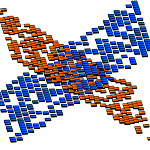
Research of Professor Trallero’s group featured in Advances in Engineering
A recent publication by Geoffrey Harrison, Tobias Saule, Brandin Davis, and Carlos Trallero from the Department of Physics, University of Connecticut is featured in Advances in Engineering. The publication presents a novel method for mitigating the bit-depth limit by increasing the phase precision of the Spatial Light Modulators (SLMs). The technique is based on adding […]
[Read More]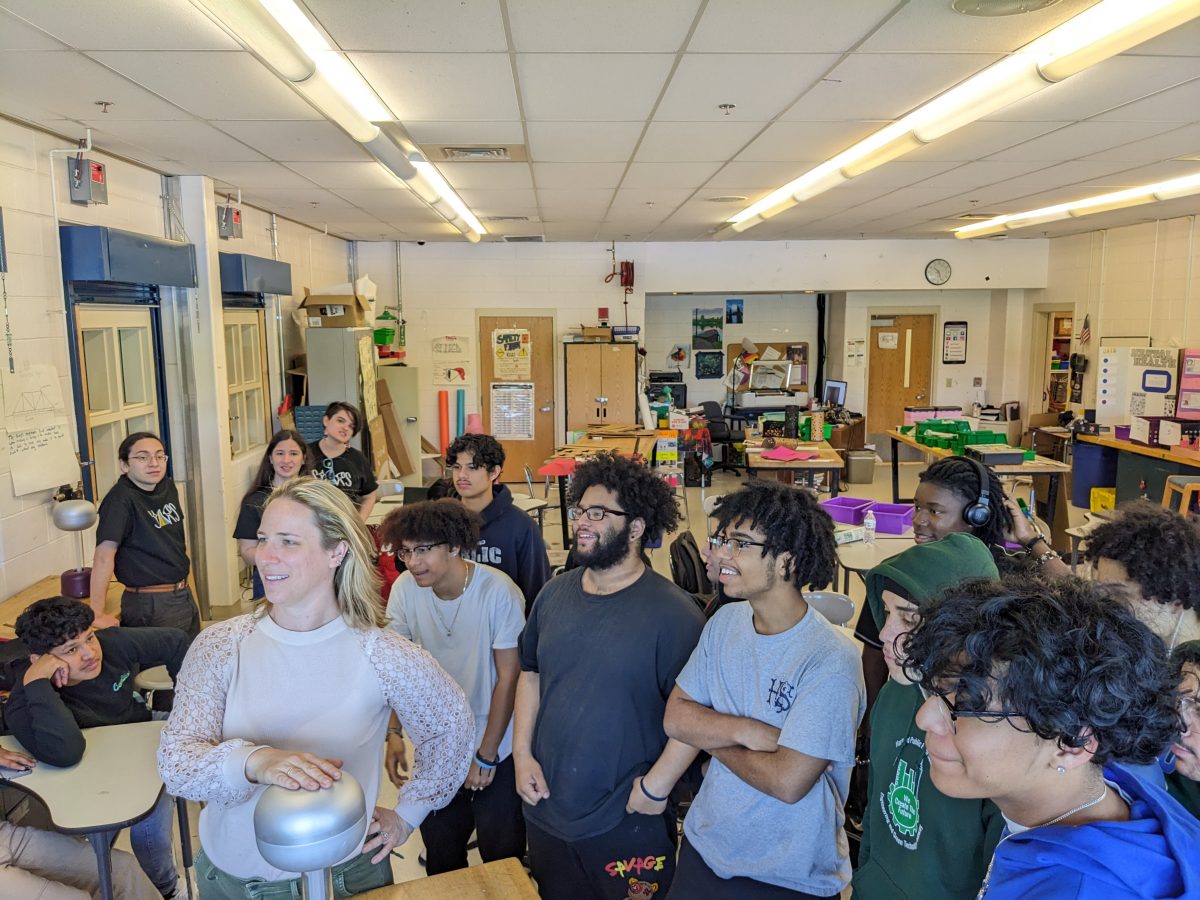
UConn STARs Visit Hartford High School
The UConn STARs visited Hartford High School on May 8th and 11th, 2023. We visited junior engineering students in the classroom of Mrs. Melissa Adams and the high school football team lead by Coach Jackson. We taught them all about quantum mechanics, solar telescopes, gravity, and of course electricity and they taught us as well. […]
[Read More]Passing of Frederick Edward Steigert
Frederick Edward Steigert, of Westerly, RI passed away surrounded by the love of his family on Monday, May 29, 2023. He was the husband of Judith Carol (Lance) Steigert. Born in New York, New York on September 11, 1928, he was the son of the late Karl and Margarete (Shuppert) Steigert. Frederick was a dedicated […]
[Read More]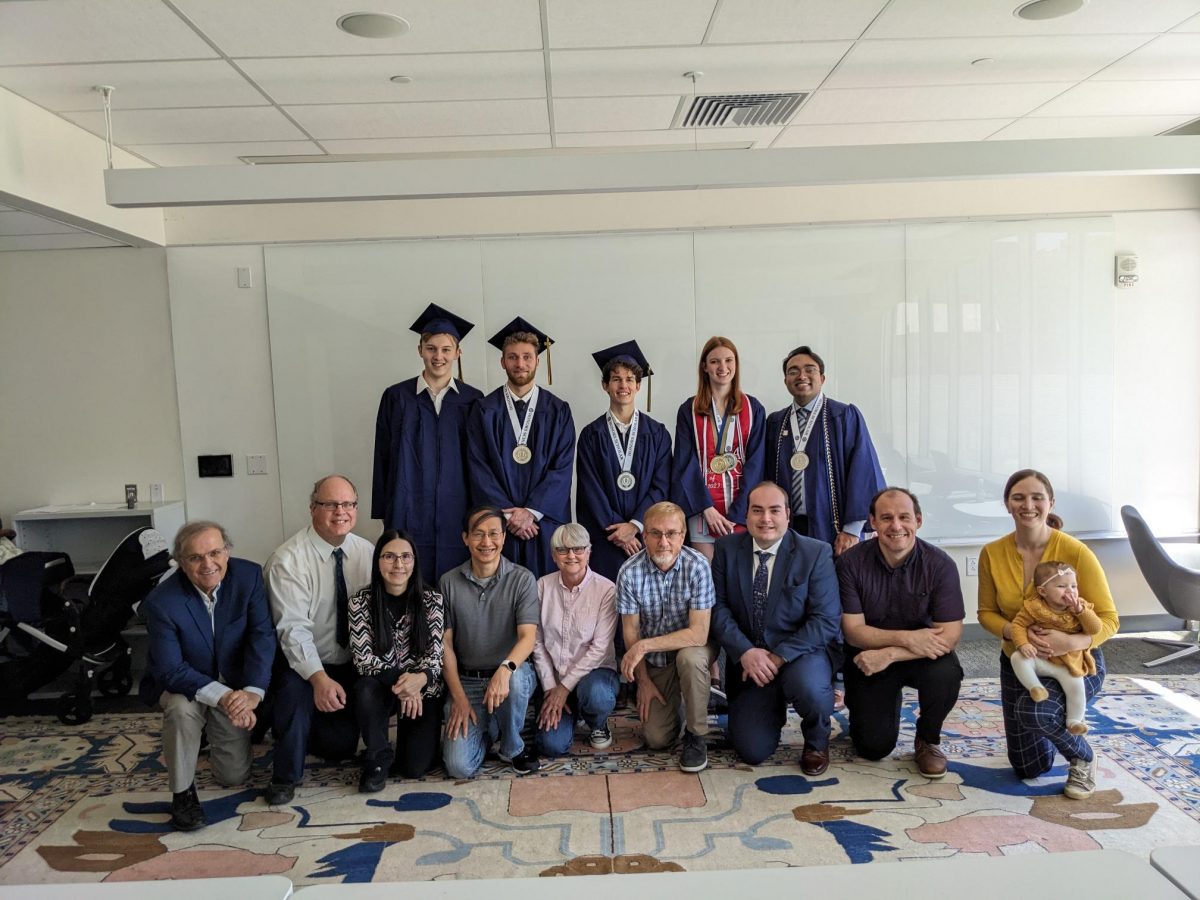
Graduation Reception 2023
Congratulations to our successful physics major graduate students!
[Read More]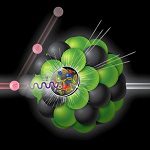
Department of Physics is hosting Summer School on Electron-Ion Collider
The Department of Physics is hosting UConn-NSF summer school on Parton Saturation and Electron Ion Collider (EIC). The School will take place in Storrs, from August 1 to August 10, 2023. The school chair is Professor Alex Kovner. The school website can be found at https://www.phys.uconn.edu/Conferences/saturation-eic/. The Electron-Ion Collider is the next big experiment in […]
[Read More]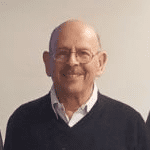
Remembering Jeff Schweitzer, colleague and mentor
Jeff Schweitzer passed away unexpectedly last year on May 31, 2022 in his home in Ridgefield, CT. Jeff was a faculty member in the physics department for 25 years (1997-2022). Jeff earned his B.S. in Physics from the Carnegie Institute of Technology (1967), and his M.S. (1969) and Ph.D. (1972) in physics from the Purdue […]
[Read More]
Research of Professor Daniel Angles-Alcazar featured in UConn Today
Galaxy clusters are the most massive objects in the Universe: a single cluster contains anything from a hundred to many thousands of galaxies, alongside collections of plasma, hot X-ray emitting gas, and dark matter. These components are held together by the cluster’s own gravity. Understanding such galaxy clusters is crucial to pinning down the origin […]
[Read More]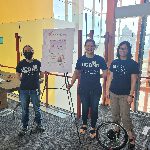
Physics Department runs Women in Science Outreach at the Connecticut Science Center
Promoting gender diversity and inclusion in the field of science, technology, engineering, and mathematics (STEM), the Connecticut Science Center’s Women in Science Initiative hosted a captivating outreach event led by UConn’s Sarah Trallero, Aslı Tandoğan, and Aislinn Daniels. This event took place on April 15th, 2023 at the Connecticut Science Center. In the outreach event, […]
[Read More]
Chapter of Optica, UConn starts up
A University chapter of Optica (formerly known as OSA), the largest professional society for Optics and Photonics, has started at UConn. Physics graduate students Zhanna Rodnova and Kevin Watson, and Electrical and Computer Engineering graduate student Gokul Krishnan started the chapter in the Fall of 2022 to help students, undergraduate, and graduate, learn more about […]
[Read More]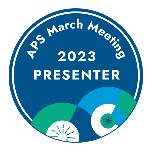
UConn Physics showing strong at the 2023 APS March Meeting
This year, international conferences have begun to come back into their pre-pandemic form. For the American Physical Society’s annual March Meeting, it was bigger than ever with over 12,000 participants in the world’s largest meeting ever devoted to physics. UConn showed strong as graduate students, postdoctoral fellows, research scientists, and faculty researchers attended the meeting […]
[Read More]
The passing of Dr. Garry Bent
Gary Dean Bent, 82, a former assistant head of the Physics Department at the University of Connecticut for 23 years, passed away on Friday, March 3, 2023. He was born on October 9, 1940, in Battle Creek, Michigan. Growing up in Florida, he studied at the Georgia Institute of Technology where he earned Bachelor’s and […]
[Read More]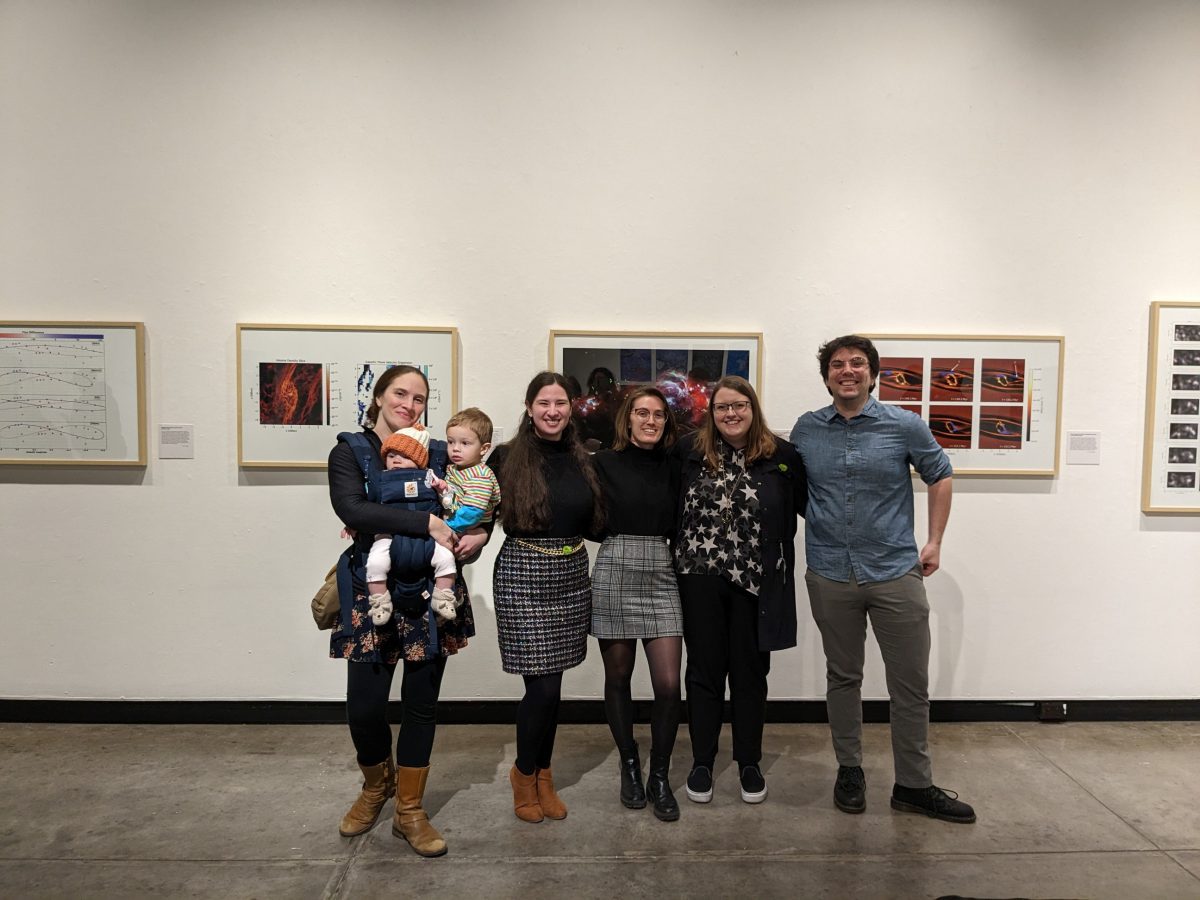
The Milky Way Laboratory Contributes to Art Exhibit at the University of Hartford
Prof. Cara Battersby’s research group, the Milky Way Laboratory, was invited to collaborate with Genevieve de Leon, the 2022-23 Koopman Distinguished Chair in the Painting Department at the University of Hartford, for an exhibition focused on the intersection between the Maya calendrical cycles and scientific studies of the cosmos. From the Milky Way Laboratory, H […]
[Read More]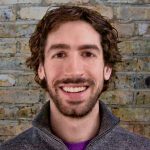
Prof. Jonathan Trump interviewed by The Conversation about JWST Discoveries
The Conversation interviewed Prof. Jonathan Trump about his recent work with the James Webb Space Telescope (JWST), with an article and podcast interview available at this link. The interview includes discussion of Prof. Trump’s recent journal paper that used spectroscopic observations from JWST to understand the chemical enrichment of galaxies in the early Universe.
[Read More]
2023 HEAD Early-Career Prize is awarded to Prof. Mingarelli
The 2023 High Energy Astrophysics Division’s Early-Career Prize is awarded to Dr. Chiara Mingarelli for her leadership in the analysis of pulsar timing array data and her contributions to our understanding of the stochastic gravitational wave background.
[Read More]
Prof. McCarron received a grant from Air Force Office of Scientific Research
Daniel McCarron, a physics professor, received a grant from the Air Force Office of Scientific Research for his work analyzing the quantum mechanical behavior of a simple hydrocarbon molecule: CH, or methylidyne. A highly reactive gas, methylidyne is abundant in the interstellar medium, and its simple composition promises to allow researchers to study the role […]
[Read More]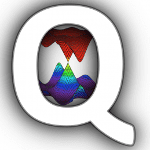
UConn Physics hosts Quantum Matter Conference, Dec 19-22
Quantum matter and materials have grown to be active areas of modern condensed matter. The fascinating properties of quantum materials might lead to technological applications such as spintronics, quantum technologies, and quantum sensors. The combination of new materials discoveries and the development of new probes of quantum matter has helped shape these topics into an […]
[Read More]
Seeing the gravitational wave universe
Physics Professor Chiara M. F. Mingarelli’s and graduate student J. Andrew Casey-Clyde’s “Perspective” just published in Science
[Read More]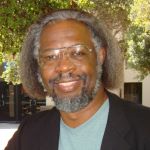
Visit by Dr. Sylvester James Gates
The University of Connecticut Department of Physics is pleased to announce the upcoming colloquium by Dr. Sylvester James Gates Jr. on November 18th in Gant West 002 from 3:30-4:45PM. Dr. Gates is a theoretical high-energy physicist who has made significant, pioneering contributions to supersymmetry, supergravity, and superstring theory. His colloquium will concern the ongoing efforts to […]
[Read More]CT Space Grant Award for Andrea Mejia
Second-year graduate student Andrea Mejia received in Fall 2022 the CT Space Grant Award for her Graduate Research on “Constraining Black Hole Binaries and Mergers” where she studies, by means of numerical simulations, how Active Galactic Nuclei form and eventually merge stellar mass black hole binaries, see https://ctspacegrant.org/funding-programs/faculty/past-recipients. In addition, Andrea successfully secured in May […]
[Read More]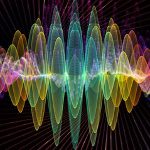
UConn Physics welcomes two new faculty in quantum science
This year, the Department of Physics proudly welcomes two new faculty members – Lea Ferreira dos Santos and Pavel Volkov […]
[Read More]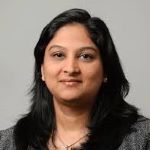
Prof. Jain organized International Workshop on Oxide Electronics
Associate Professor of Physics and Institute of Materials Science Menka Jain recently organized the 28th International Workshop on Oxide Electronics, 2-5th October, Portland, Maine. Other co-organizers were Charles H. Ahn (Yale University), Divine Kumah (North Carolina State University), and Ryan Comes (Auburn University). There were close to 150 attendees from all around the world. The […]
[Read More]
Prof. Mingarelli is the runner up of Inspiring Women in Science awards
Prof. Chiara Mingarelli is the Inspiring Women in Science awards 2022 Scientific Achievement Runner-Up. The Inspiring Women in Science awards celebrate and support the achievements of women in science, and all those who work to encourage girls and young women to engage with STEM subjects and stay in STEM careers around the world. For more […]
[Read More]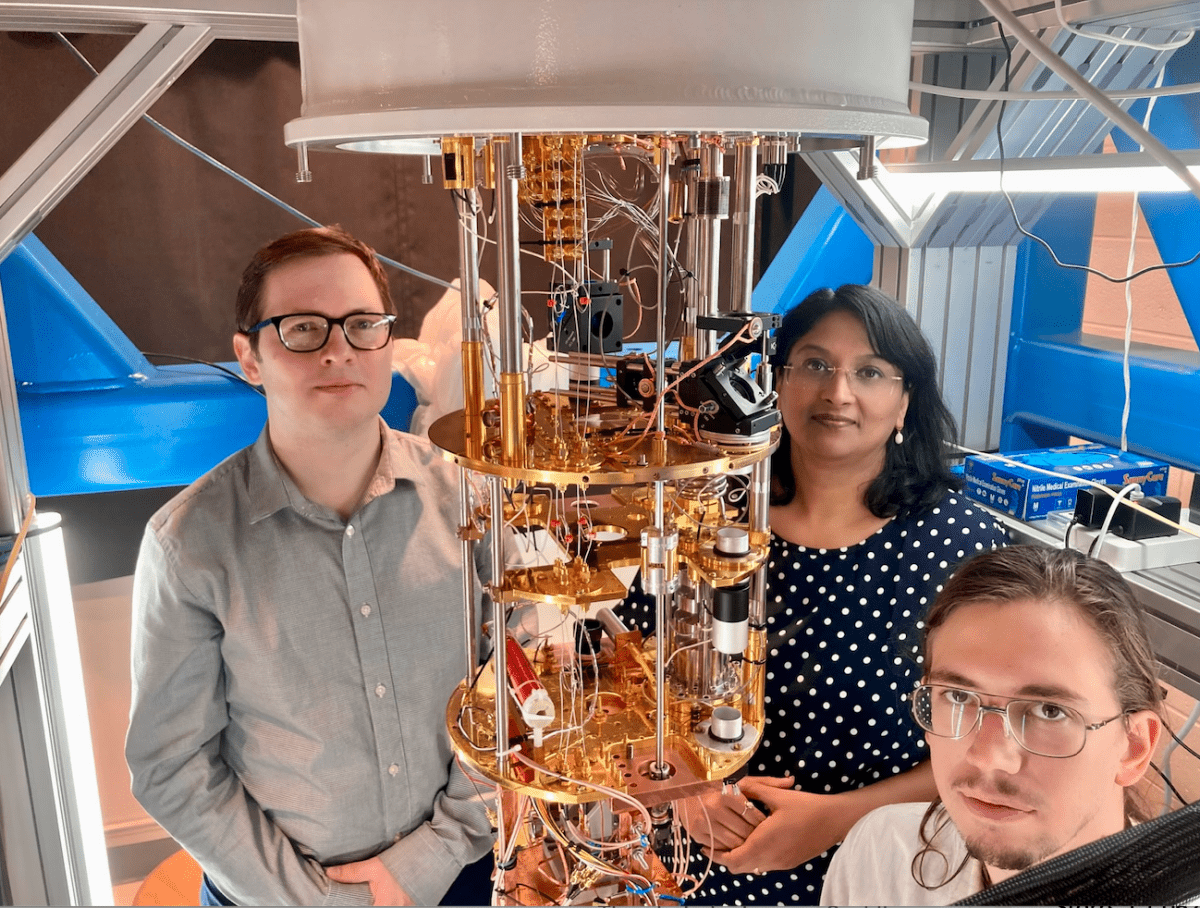
NSF award to Profs. Jain and Sochnikov
Professors Jain and Sochnikov received NSF research grant entitled “New Quantum Elastocaloric Demagnetization Refrigeration for the Millikelvin Range”. A major focus of their research will be the cooling of quantum chips. For this purpose, their teams will study ‘spin liquids’, which can be harnessed to achieve millikelvin temperatures without magnetic fields. At such low temperatures, […]
[Read More]
Prof. Jain is organizing International Workshop on Oxide Electronics
Associate Professor of Physics Menka Jain and the Institute of Materials Science is co-organizing a workshop-28th International Workshop on Oxide Electronics (IWOE) in Maine next month. The IWOE series has become an important venue to discuss recent advances and emerging trends in this developing field. The aim of the workshop is to provide an interdisciplinary […]
[Read More]Prof. Nora Berrah received the Honorary Doctoral Degree
Prof. Nora Berrah received the Honorary Doctoral Degree from the University of Turku in Finland. The ceremonial conferment was on October 8, 2021. This honor comes with the University of Turku Doctoral Certificate as well as a “Hat and a Sword”, the latter symbolizing the “Doctors’ Rank but also Sharpness of Thought and Role in […]
[Read More]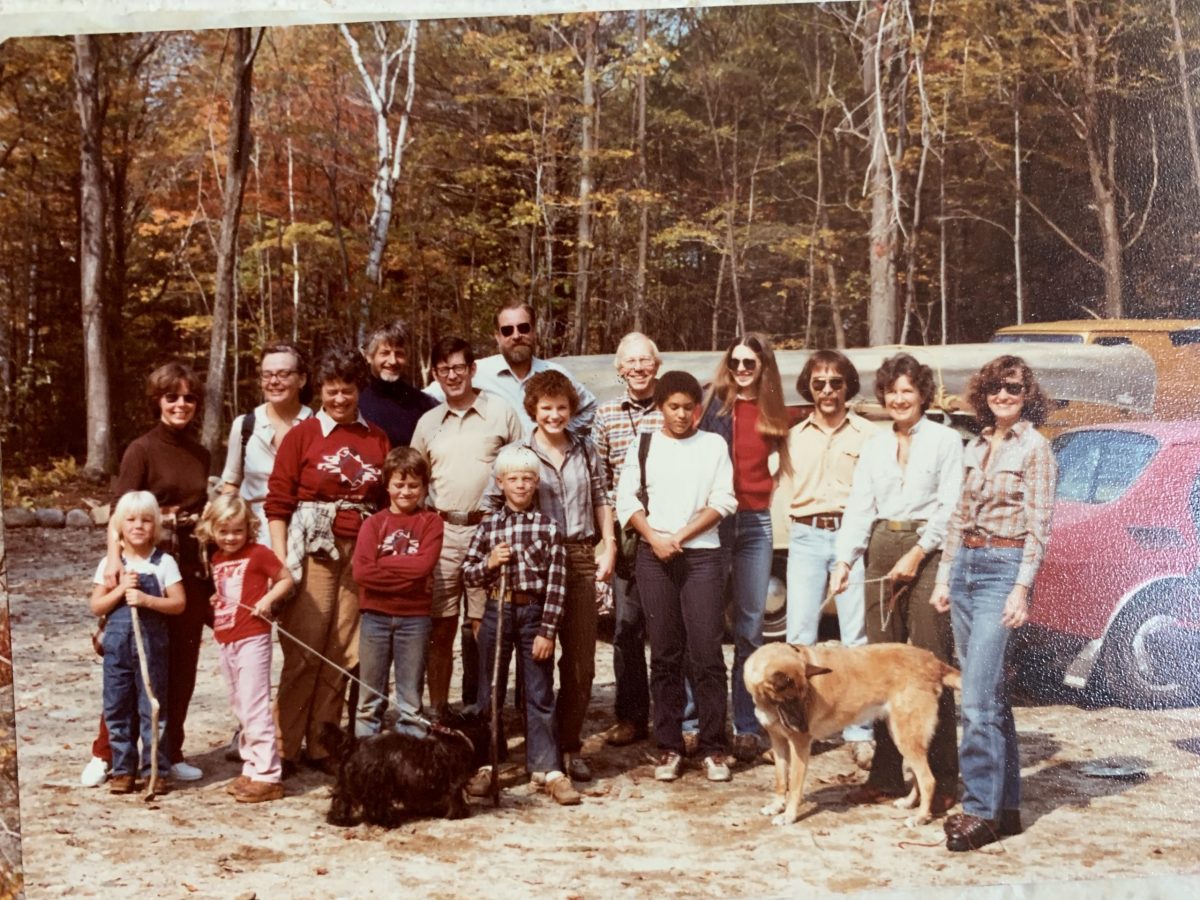
50th anniversary of annual physics department Mt. Monadnock hike
This coming October we’ll mark the 50th anniversary of the first hike up Mt. Monadnock by the Physics Department. We plan to hike Saturday, October 8th. Because the park recommends reservations, we will make reservations for a large group. Alumni are welcome and should contact Tom Blum or Alex Kovner as soon as possible to […]
[Read More]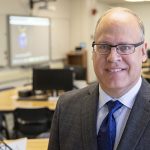
Department head greeting
Dear Friends of UConn Physics, Probably the biggest event in the physics world this past year was the successful launch and early data taken by the James Webb Space Telescope (JWST). It’s not just pretty pictures – the far infrared capabilities allow for the measurement of the most redshifted, […]
[Read More]
Super BigBite Spectrometer Era Begins in Hall A at Jefferson Lab
The first two experiments using the newly constructed collection of apparatus known as the Super BigBite Spectrometer were completed from Oct. 2021-Feb. 2022 in Jefferson Lab’s Experimental Hall A. Data were collected that will determine the neutron’s magnetic form factor (GMN) in a previously unexplored regime of momentum transfer Q2 up to 13.6 (GeV/c)2 with […]
[Read More]UConn Physics Students Awarded Direct Energy Professional Society Scholarship
Two UConn Physics graduate students were recently awarded the Directed Energy Professional Society (DEPS) scholarship to support their work in the field of directed energy. Brandin Davis and Zhanna Rodnova received awards for their research on developing long-wavelength infra-red radiation sources. They were among 20 national winners. DEPS awards students scholarships of up to $10,000 […]
[Read More]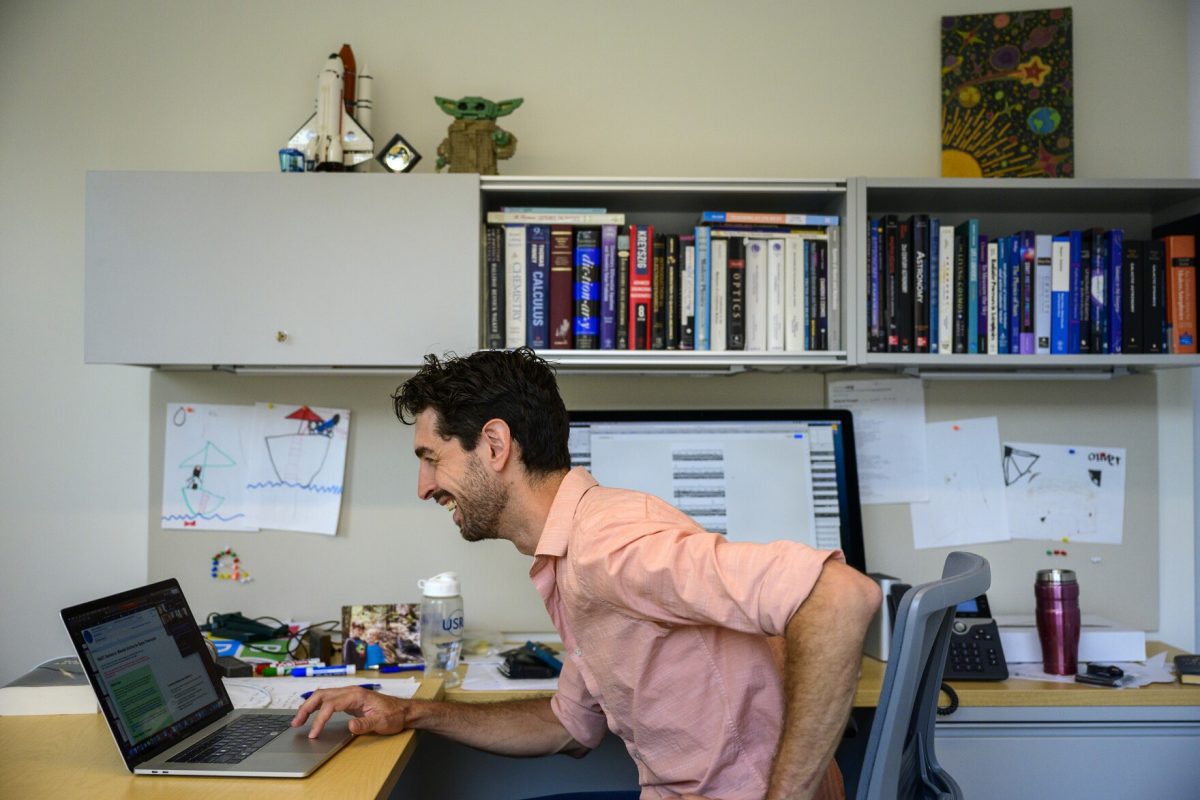
Prof. Jonathan Trump Interviews about the James Webb Space Telescope
The James Webb Space Telescope released its first science observations on July 12 with much fanfare and excitement across the globe. UConn Physics Professor Jonathan Trump is part of the Cosmic Evolution Early Release Science collaboration that was awarded some of the first observations on the transformative new space telescope. Prof. Trump was interviewed by several local media outlets, […]
[Read More]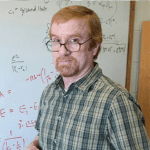
Physics Prof. Tom Blum recognized for Research Excellence
Prof. Thomas Blum is one of two faculty to receive the Research Excellence award from the University of Connecticut in 2022. Tom came to UConn in 2004 and is a professor and associate department head for undergraduate education in the Physics Department. As a theoretical physicist, Blum specializes in making difficult, detailed mathematical calculations concerning […]
[Read More]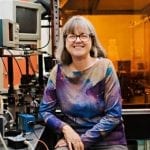
Nobel Prize Winner, Professor Donna Strickland , Katzenstein Distinguished Lecturer
The University of Connecticut, Department of Physics, is proud to announce that on September 23, 2022, Professor Donna Strickland of the Department of Physics and Astronomy at the University of Waterloo will be presenting the 2020 Distinguished Katzenstein Lecture. Prof. Strickland is one of the recipients of the 2018 Nobel Prize in Physics for developing […]
[Read More]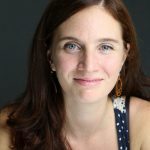
Prof. Cara Battersby Awarded an NSF CAREER grant
Professor Cara Battersby has been awarded an NSF CAREER grant! “The Faculty Early Career Development (CAREER) Program is a Foundation-wide activity that offers the National Science Foundation’s most prestigious awards in support of early-career faculty who have the potential to serve as academic role models in research and education and to lead advances in the […]
[Read More]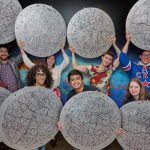
Plates that Helped Map the Universe, Now at UConn
UConn is now home to tools that have played an instrumental role in mapping the universe — 10 large aluminum plates used as part of the Sloan Digital Sky Survey (SDSS). Measuring 32 inches across, one-eighth of an inch thick, and with thousands of tiny holes drilled in them, these plates may not be the […]
[Read More]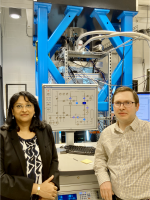
Two Physicists are in Project Daedalus that Focuses on Materials for Aerospace in New $4.7 Million Contract
UConn’s collaboration with the Department of Defense Air Force Research Laboratory (AFRL) is launching a new project. It is titled Multiscale Modeling and Characterization of Metamaterials, Functional Ceramics and Photonics. This is a $4.7 M contract with $1M for Physics. The project’s goal is to explore and advance the understanding of electronic, photonic, magnetic, and […]
[Read More]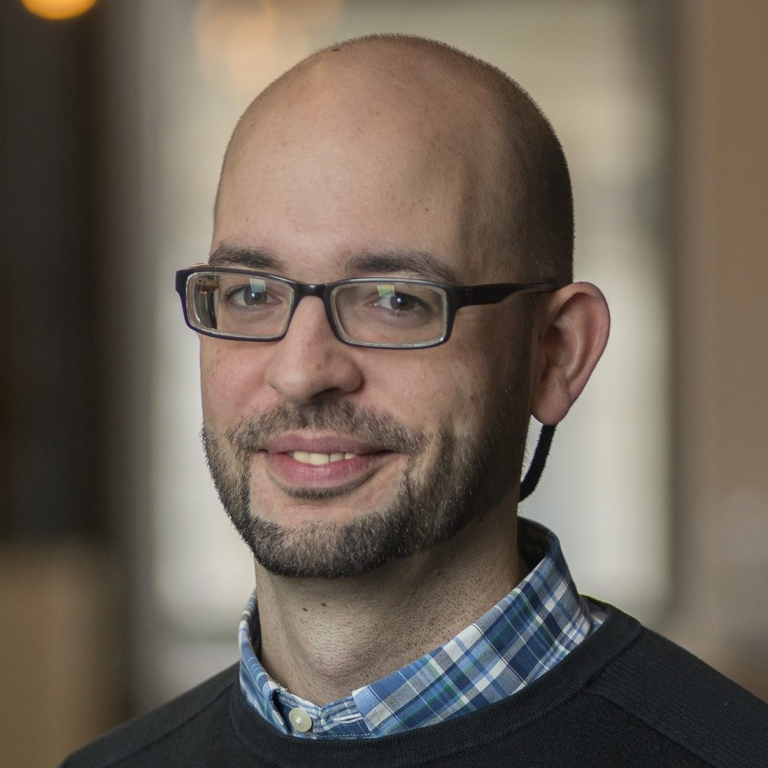
Research of UConn Professor Daniel Angles-Alcazar featured in UConn Today
The article The Largest Suite of Cosmic Simulations for AI Training Is Now Free to Download; Already Spurring Discoveries describe research of a team of astrophysicists that includes UConn Professor of Physics Daniel Anglés-Alcázar. “Machine learning is revolutionizing many areas of science, but it requires a huge amount of data to exploit,” says Anglés-Alcázar. “The […]
[Read More]
Prof. J. Trump interview about the launch of the James Webb telescope
UConn Physics Professor Jonathan Trump is part of a group of scientists who will be the first to conduct research using the James Webb space telescope. The local Fox News TV station conducted an interview with Prof. Trump.
[Read More]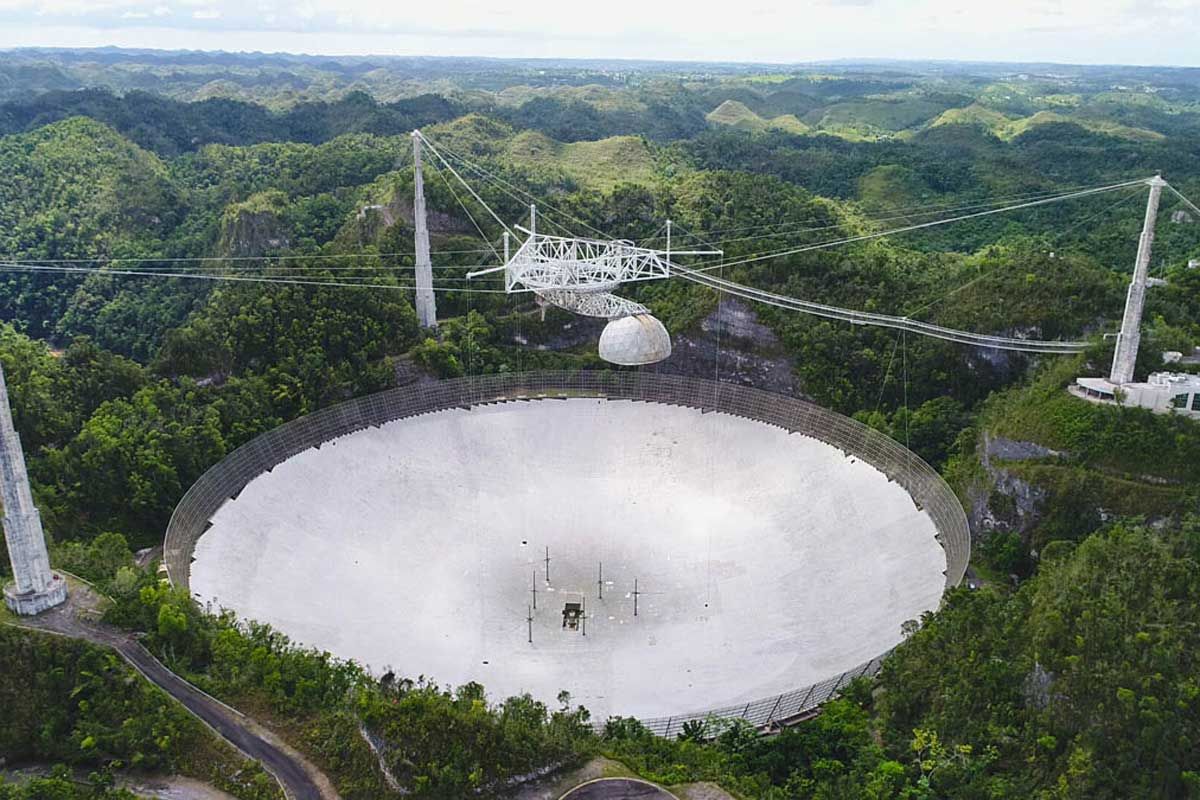
U.S. Senators introduce a resolution to recognize the Arecibo Observatory Telescope
On Friday December 3rd, a group of U.S. Senators, Richard Blumenthal (D-CT), Edward J. Markey (D-MA), Marco Rubio (R-FL), Elizabeth Warren (D-MA), and Rick Scott (R-FL) introduced a bipartisan a resolution to recognize the significant scientific, educational, and economic contributions made by the Arecibo Observatory telescope. “The telescope at Puerto Rico’s Arecibo Observatory was a […]
[Read More]
Prof. Chiara Mingarelli awarded NSF grant
Chiara Mingarelli, Assistant Professor of Physics at UConn, is the lead researcher on a $650,000 Collaborative Research Grant from the National Science Foundation, half of which is earmarked for UConn, to conduct an experiment to prove the existence of supermassive black hole binaries. This grant will combine, for the first time, traditional astronomy with gravitational […]
[Read More]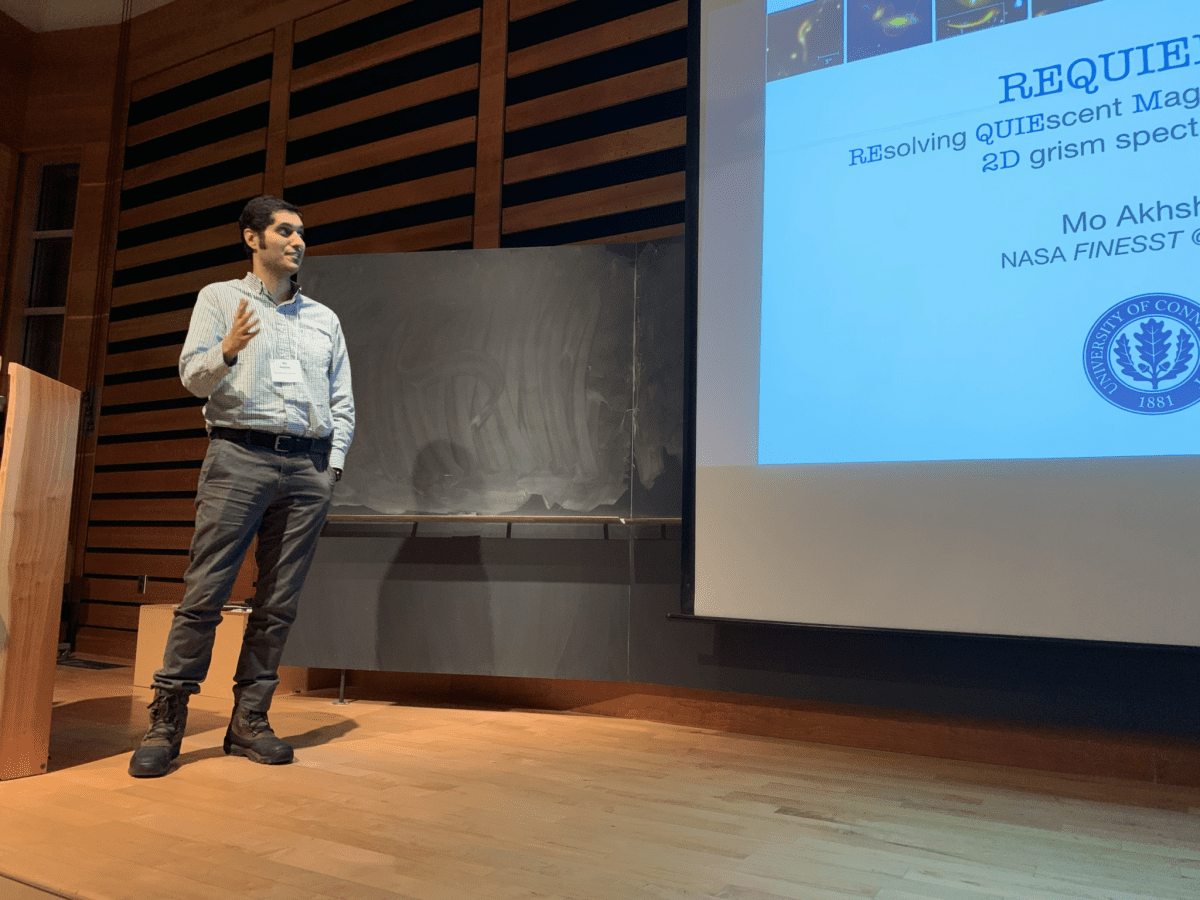
A Physics Ph.D. Student’s Step-By-Step Journey to Storrs and Distant Galaxies
UConn Physics graduate student Mohammed (Mo) Akhshik works on data gathered using the Hubble Space Telescope (HST) and has led to exciting discoveries, some while he served as the science Principle Investigator of the REQUIEM HST program from which he is co-author on two publications, one in Nature and one in Nature Astronomy. Akhshik is also […]
[Read More]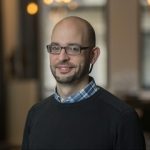
Professor Daniel Anglés-Alcázar research featured in ‘UConn Today’ and CBC radio interview
At the center of galaxies, like our own Milky Way, lie massive black holes surrounded by spinning gas. Some shine brightly, with a continuous supply of fuel, while others go dormant for millions of years, only to reawaken with a serendipitous influx of gas. It remains largely a mystery how gas flows across the universe […]
[Read More]
Dear Friends of UConn Physics
As we approach the beginning of the 2021-22 school year, UConn is set for having classes in person again, students on campus, and our first taste of somewhat normal university life in a year and a half. Students, faculty, and staff are all required to be vaccinated, masks are required indoors, classrooms will be fully […]
[Read More]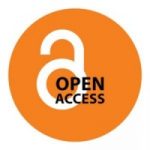
Physics alumnus Prof. Douglas Goodman and Professor Emeritus Winthrop Smith Featured in Online Peer Review Journal
Prof. Emeritus Winthrop Smith and former student Prof. Douglas Goodman (Quinnipiac University) Edit Special Issue of Open Access Journal Atoms, on Low Energy Interactions between Ions and Ultracold Atoms The Special Issue of the online journal Atoms is a collection of current peer-reviewed articles by experts in the field of ultracold collisions and reactions involving […]
[Read More]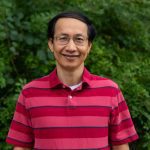
New Faculty Hire-Dr. Anh-Thu Le
The Physics Department welcomes our newest faculty member, Dr. Anh-Thu Le, although he prefers to be called simply AT. AT worked for many years at the well-known James R. Macdonald Laboratory, rising to the rank of Research Professor. He worked alongside a world-known theorist, Dr. Chii-Dong Lin. Dr. Le went on to become an Assistant […]
[Read More]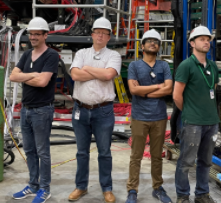
Professor Puckett’s Group Prepares New Measurements of “femtoscopic” Neutron Structure at Jefferson Lab
Professor Andrew Puckett’s research group is currently leading, as part of a collaboration of approximately 100 scientists from approximately 30 US and international institutions, the installation in Jefferson Lab’s Experimental Hall A of the first of a series of planned experiments known as the Super BigBite Spectrometer (SBS) Program, with beam to Hall A tentatively […]
[Read More]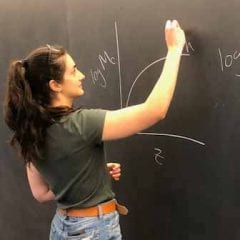
Undergraduate Researcher Nicole Khusid featured in UConn Today
Physics major Nicole Khusid, a rising senior at UConn, was featured in a UConn Today article about her research. Nicole has been working on gravitional lensing of distant sources of gravitational waves, seeking to understand their multimessenger signals and detectability by future astrophysics facilities. Nicole was awarded a SURF (Summer Undergraduate Research Fund) award to […]
[Read More]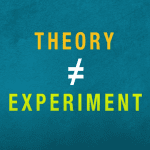
Standard model challenged by new measurement
It seems that the muon, a heavier partner of the electron, may be breaking what have been understood as the laws of physics. The findings announced on April 7th were met with excitement and speculation at what this might mean. UConn physics researchers Professor Thomas Blum and Assistant Professor Luchang Jin helped pioneer the theoretical physics behind the findings.
[Read More]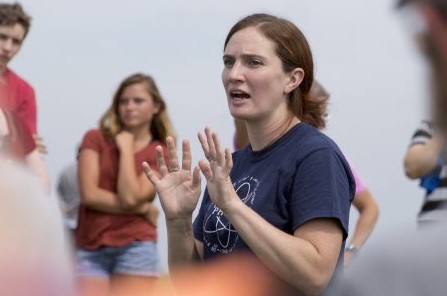
Prof. Battersby’s research featured in UConn Today article
Professor Cara Bettersby’s research is featured in the article “The Study of Big Data: How CLAS Researchers Use Data Science” published by UConn Today. Prof. Battersby’s work focuses on describing and studying the center of the Milky Way galaxy, which she calls an “experimental playground” for the distant cosmos. Her work described the spectroscopy of […]
[Read More]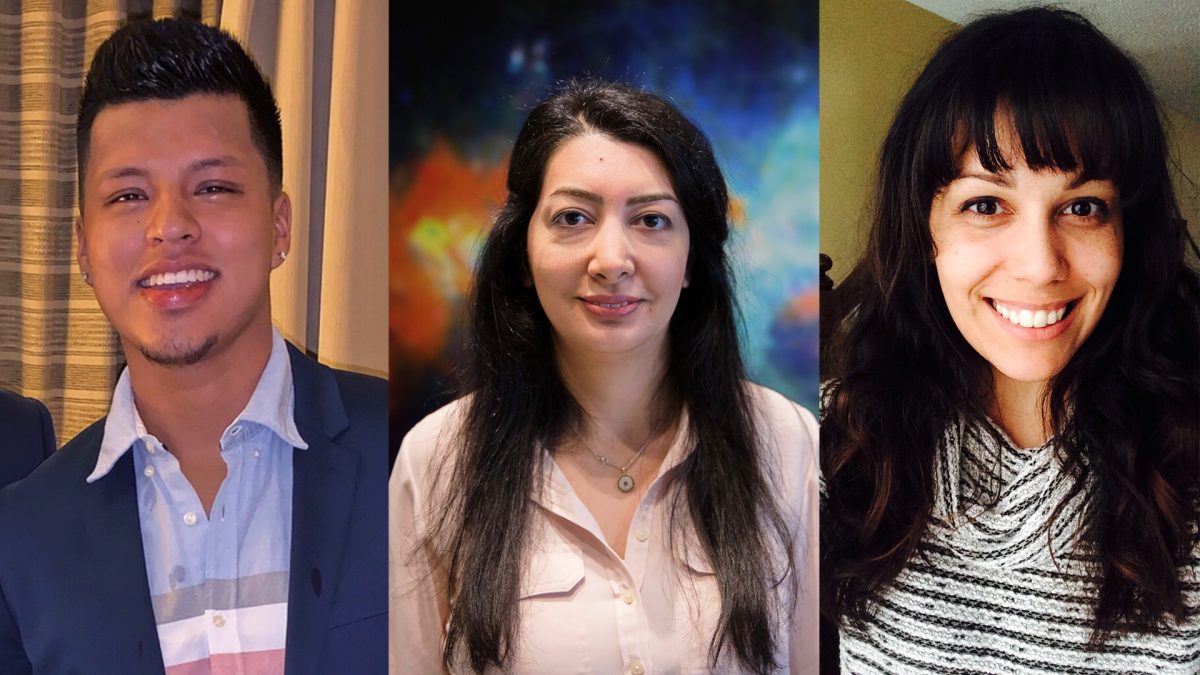
Dr. Yasaman Homayouni featured in CLAS story on 2021 graduates
New Physics PhD graduate Yasaman Homayouni is featured in a story on the class of 2021 from the College of Liberal Arts and Sciences (CLAS). For the full story of what inspired Yasaman and other students during their time at UConn, see the article in UConn Today.
[Read More]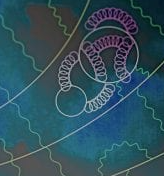
An anomalous moment for the muon
Mark Rayner/CERN The Fermilab E989 experiment announced the first new result on the muon’s anomalous magnetic moment in almost 20 years. The new measurement, combined with Brookhaven’s E821, has increased the discrepancy with the Standard Model value to 4.2 standard deviations. UConn Professors Tom Blum and Luchang Jin explain the theory calculations in a feature […]
[Read More]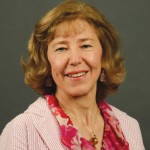
Professor Nora Berrah Awarded a Blaise Pascal Chaire d’Excellence to Conduct Research in France
Professor of Physics Nora Berrah has been awarded the International Blaise Pascal Chaire d’Excellence, a prestigious honor whose previous winners include scientists and scholars from a wide range of disciplines, including multiple Nobel laureates. Her award was selected by a committee of scientists and voted on by the Permanent Commission Regional Council of the Région […]
[Read More]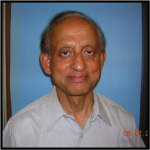
Professor Munirul Islam: Celebrating His Life and His Legacy
Members and friends of the Physics Department gathered online Saturday morning, April 10, to share memories and thoughts of appreciation for Prof. Munir Islam who passed from this world on March 11, 2021. The meeting was led jointly by Profs. Win Smith and Mehdi Anwar, with expressions of appreciation and sympathy for the family by several members of the department past and present. Prof. Mannheim has offered this written tribute to our colleague and friend.
[Read More]
The passing of Dr. David Katzenstein, a friend and benefactor of the UConn Department of Physics
Dr. David Katzenstein, a friend, and benefactor of the UConn Department of Physics, passed away on January 25, 2021 due to Covid-19. David was the son of Henry Katzenstein, the first Physics Ph.D. from UConn and a major benefactor of our Department. Currently, both the annual Katzenstein Distinguished Lecture and the Katzenstein Prize for a […]
[Read More]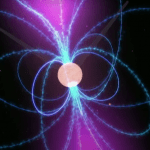
A Signal from Beyond
UConn astrophysicist Chiara Mingarelli is part of a team of researchers who recently published data on a hint of a signal that sent ripples of excitement through the physics community. These monumental findings are the culmination of twelve and a half years of data gathered from NANOGrav — a network of pulsars across the galaxy — all in the hopes of detecting gravitational waves.
[Read More]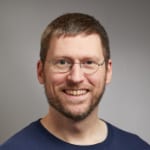
UConn Physics alumnus Dr. Michael Wininger
UConn Physics alumnus Dr. Michael Wininger (BS, 2003) was recently featured in the professional journal O&P Almanac (Orthotics and Prosthetics). The article describes how his eclectic background, beginning with degrees from UConn, has enabled him to lead innovations in several areas of health research. Mike is currently an Assistant Clinical Professor in the Biostatistics Department […]
[Read More]
UConn Researcher an Architect for Astronomical Survey Making Observations Toward a New Understanding of the Cosmos
November 2, 2020 – Elaina Hancock – UConn Communications The Sloan Digital Sky Survey’s fifth generation – a groundbreaking project to bolster our understanding of the formation and evolution of galaxies, including the Milky Way – collected its very first observations on the evening of October 23. Image: The Sloan Digital Sky Survey’s fifth generation […]
[Read More]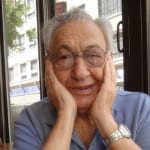
The passing of UConn Physics Professor Emeritus, Arnold Russek
Arnold Russek, a theoretical atomic physicist, born July 13, 1926, in New York, passed away on October 13th, 2020, in Colorado. As a young man of 18, he served honorably as a radio engineer in the Pacific during WWII. He earned his Ph.D. at the Courant Institute at New York University in 1953, and taught […]
[Read More]
AAS Author Interview with Gloria Fonseca Alvarez
UConn graduate student Gloria Fonseca Alvarez was featured with a video in the Author Interview series produced by the American Astronomical Society (AAS). In this video, Gloria talks about her work to understand the inner environments of black holes. The paper highlighted in the video shows that the orbits of emission-line gas around supermassive black holes are often smaller than expected from previous observations.
[Read More]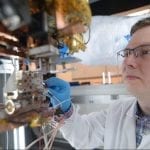
Stretching Makes Superconductor
Most superconductors only work when they’re super cold. Chemists and metallurgists have experimented with different combinations of elements for years, trying to get superconductors that work at temperatures close to room temperature. Sochnikov and his students are thinking about it differently. What if mechanical changes such as squeezing or stretching could make a material a superconductor?
[Read More]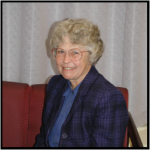
Longtime Science Pioneer Passes Away
Throughout her long life, Cynthia Peterson educated and enriched her family, her students, and her community through science, discovery, and a lifelong enthusiasm for teaching prospective scientists. Through community outreach and during her many years as a professor, Cynthia taught many that wonderment can be found simply by looking up at the night sky.
[Read More]
My Long-time Friend and Colleague, Prof. Cynthia W. Peterson
When I arrived in Storrs from New York City in 1969 to teach physics at the University of Connecticut, one of the first colleagues I met was Dr. Cynthia Peterson. She had an infectious enthusiasm that appealed to me and my wife Anne. It turned out that Anne and Cynthia had both been students at […]
[Read More]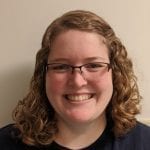
New Physics Faculty: Erin Scanlon
Erin Scanlon joins our Department in fall 2020 as Assistant Professor in Residence at the Avery Point Campus. Erin comes to UConn with an impressive track record of university teaching experience and scholarship in physics education research (PER). After earning a master’s degree in physics from Georgia Institute of Technology, Erin joined the faculty at […]
[Read More]2020-Newsletter Department Head Greeting
It’s been crazy. That holds for everybody over these past six months; UConn and the Physics Department as well. Events unfurled rapidly last March. Within a week the March Meeting of the APS was cancelled, our department had to postpone the 2020 Katzenstein Lecture with Donna Strickland, and then the University announced that students would […]
[Read More]Spring 2020: The Efforts of Many Made Distance Learning Possible
The transition to online learning that was necessitated due to the COVID-19 outbreak was not without its challenges. Faculty had roughly 10 days to adapt to a modality of instruction most were not used to. TAs had to simultaneously learn how to teach remotely while also adjusting to having the courses they were taking also […]
[Read More]Physics Alum Receives NSF CAREER Award
UConn Physic alum, Dr. Hyewon Pechkis, an Assistant Professor of Physics at the California State University Chico recently received the prestigious CAREER award from the National Science Foundation. This five-year grant titled “Making a Difference in First Year Underrepresented Students’ Education through Research: Quantum Coherence in a Bose Thermal Gas” will facilitate the involvement of […]
[Read More]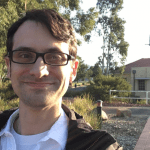
New Physics Faculty: Chris Faesi
We are very excited to extend a warm welcome to a new UConn Physics Faculty member, Dr. Christopher Faesi. Chris is an astrophysicist, specializing in both observational work and modelling, primarily in the study of star formation. He got his PhD at Harvard University, followed by a postdoc at the Max Planck Institute for Astronomy […]
[Read More]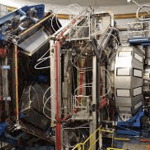
Prof. Kyungseon Joo named Chair of CLAS Collaboration at Jefferson Lab
Kyungseon Joo, a professor of physics, has been named Chair of the CLAS Collaboration, one of the largest international collaborations in nuclear physics. CLAS involves 50 institutions from 9 countries and has about 250 collaborators. The collaboration recently completed the upgrade of the CEBAF Large Acceptance Spectrometer (CLAS12) for operation at 11 GeV beam energy […]
[Read More]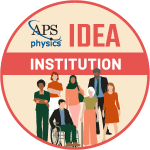
Physics Department Joins APS-IDEA Network
The Physics Department’s Diversity & Multiculturalism Committee (DMC) was accepted into the APS Inclusion, Diversity and Equity Alliance (APS-IDEA). Despite years of efforts on local and national levels, the diversity in many physics departments is not reflective of the diversity nationwide. Our department is no exception in this regard. The new APS initiative was created […]
[Read More]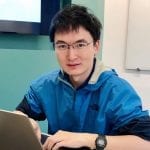
Professor Luchang Jin receives prestigious DOE Early Career Award
Assistant Professor of Physics Luchang Jin has been chosen to receive a prestigious Early Career Award from the US Department of Energy’s Office of High Energy Physics (HEP) for 2020. The amount of the award is $750,000 to be used over five years. The DOE Early Career Award is extremely competitive: this year only 16 scientists in […]
[Read More]
Jonathan Trump wins NSF Early Career Award
Jonathan Trump, Assistant Professor of Physics, will receive $738,090 over five years to compile a census of supermassive black holes in the universe. This will give insights into how supermassive black holes and galaxies evolve across cosmic time. Trump will also develop a bridge program for underrepresented undergraduate physics majors at UConn to increase their […]
[Read More]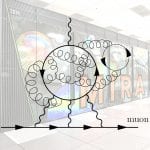
New result for part of muon anomaly
Professors Tom Blum and Luchang Jin, along with colleagues at BNL and Columbia, Nagoya, and Regensburg universities have completed a first-ever calculation of the hadronic light-by-light scattering contribution to the muon’s anomalous magnetic moment with all errors controlled. The work is published in Physical Review Letters as an Editor’s Suggestion and also appeared in […]
[Read More]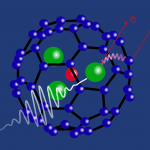
Radiation Damage Spreads
A single x-ray can unravel an enormous molecule, physicists report in the March 17 issue of Physical Review Letters. Their findings could lead to safer medical imaging and a more nuanced understanding of the electronics of heavy metals. Medical imaging techniques such as MRIs use heavy metals from the bottom of the periodic table as …
[Read More]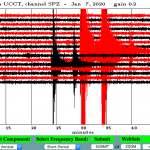
UConn seismometer detects Puerto Rico event
The Geophysics research group (Prof. Vernon Cormier and students) operate a seismic wave station that continuously monitors vibrations in the earth’s crust, many of which arise from seismic events that happen far away. These waves travel through the deep earth, and eventually make their way to the surface where they are detected. The above […]
[Read More]2019-Newsletter Department Head Greeting

Insight from APS: Careers in Physics
What is a Bachelors of Science degree in Physics good for? What kinds of jobs are available to graduates who complete a 4-year degree in physics, but decide not to pursue an advanced degree? How does a physics degree stack up against other STEM fields in terms of employment options in today’s highly competitive job […]
[Read More]
Ron Mallett Featured on NBC Connecticut
Could traveling into the past be part of our future? Quite possibly, says Ron Mallett, a UConn emeritus professor of physics who has studied the concept of time travel for decades. Earlier this month, he spoke with NBC Connecticut reporter Kevin Nathan about his life and work as a theoretical physicist, and discussed how time […]
[Read More]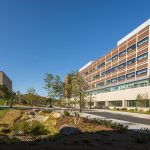
UConn Today: A New Phase for the Gant Science Complex
The UConn Today published an article highlighting the state of 10-year renovation of the Gant Science Complex. The Complex was first constructed between 1974 and 1978 and was home to the departments of mathematics and physics for several decades. The renovation to this 285,00 square-foot campus landmark is part of Next Generation Connecticut, the initiative […]
[Read More]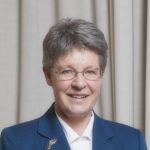
Professor Jocelyn Bell Burnell – 2019 Katzenstein Lecturer
The UConn Physics Department is delighted to announce that our 2019 Distinguished Katzenstein Lecturer will be Professor Dame Jocelyn Bell Burnell. Professor Dame Jocelyn Bell Burnell is world-famous for her discovery of pulsars in 1967. Pulsars are a special type of neutron star, the rotating dense remnant of a massive star. Pulsars have highly magnetic surfaces, and emit a beam of electromagnetic radiation […]
[Read More]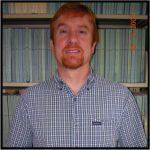
Research Spotlight: Exploring the nature of the universe with Dr. Thomas Blum
The Daily Campus published an article highlighting the research of Prof. Thomas Blum about Quantum Chromodynamics, a theory which describes the interactions between elementary particles. The development of this theory could help further understanding of the Standard Model of particle physics. The Standard Model is what physicists use to describe the fundamental building blocks of […]
[Read More]
Astronomer Jonathan Trump interviewed on UConn 360
UConn Astrophysicist and observational astronomer Jonathan Trump was a recent guest on UConn 360, a podcast from the Storrs campus of the University of Connecticut. In this conversation, Jonathan tells about how attending a lecture as an undergraduate at Penn State captured his interest and changed the course of his professional career. Now Jonathan offers […]
[Read More]
Greetings from the Department Head
New building, new teaching approach, new people – there is a lot of change and excitement in the air for the Physics Department in 2019. The most obvious change is that physics has moved into a newly renovated building. What most alumni will remember as the Math Building has been taken down to its frame […]
[Read More]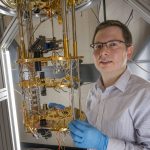
Breaking Up is Hard To Do (for Electrons in High Temperature Superconductors)
Physicists used to think that superconductivity – electricity flowing without resistance or loss – was an all or nothing phenomenon. But new evidence suggests that it’s not so clear cut, at least in copper oxide superconductors. “If we understood why copper oxide is a superconductor at such high temperatures, we might be able to synthesize a better one”, says UConn physicist Ilya Sochnikov. Sochnikov and his colleagues at Rice University, Brookhaven National Lab and Yale recently figured out part of that puzzle, and they report their results in the latest issue of Nature.
[Read More]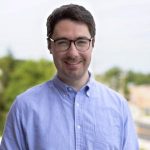
Daniel McCarron wins NSF Early Career Award
Daniel McCarron, assistant professor of physics, the College of Liberal Arts and Sciences, will receive $645,000 over five years for his work on the development of techniques to trap large groups of molecules and cool them to temperatures near absolute zero. The possible control of molecules at this low temperature provides access to new research applications, such as quantum computers that can leverage the laws of quantum mechanics to outperform classical computers.
[Read More]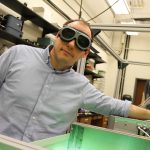
Meet the Researcher: Carlos Trallero
When Carlos Trallero started his academic career in physics, he had no idea he would become a pioneer in a field of research that uses high-power lasers to investigate atomic and molecular physical phenomena. Originally from Cuba, where there isn’t much funding for experimental research, Trallero began his academic career by studying theoretical physics. But as a senior graduate student at Stony Brook University, he got the chance to work in a lab doing experimental work and quickly recognized it was his true passion.
[Read More]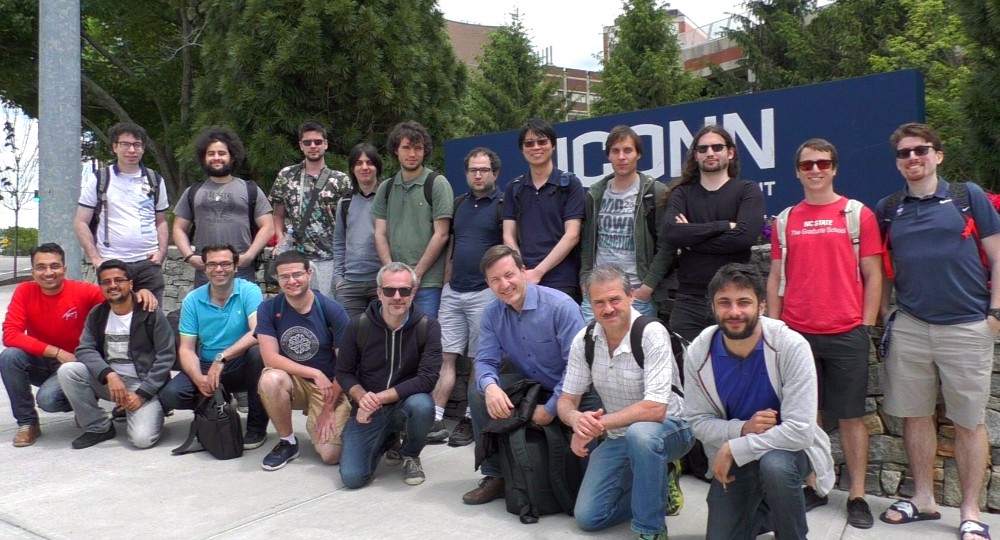
International Summer School “Strong interactions beyond simple factorization”
May 27-June 5 UConn Physics Department hosted an international summer school Strong interactions beyond simple factorization: collectivity at high energy from initial to final state. The school was supported by an NSF grant to Prof. Kovner and was devoted to modern approaches to the physics of high energy hadronic and heavy ion collisions.
[Read More]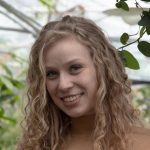
Amelia Henkel, Graduating President of the Undergraduate Women in Physics Club, speaks about her time at UConn
Amelia Henkel, graduating Double Major in Physics and Human Rights, and President of the Undergraduate Women in Physics Club, speaks on the CLAS website about her passion for physics and human rights, and how she mastered challenges in her remarkably interdisciplinary curriculum. “We really need to interact with other disciplines,” says Amelia, “because that’s […]
[Read More]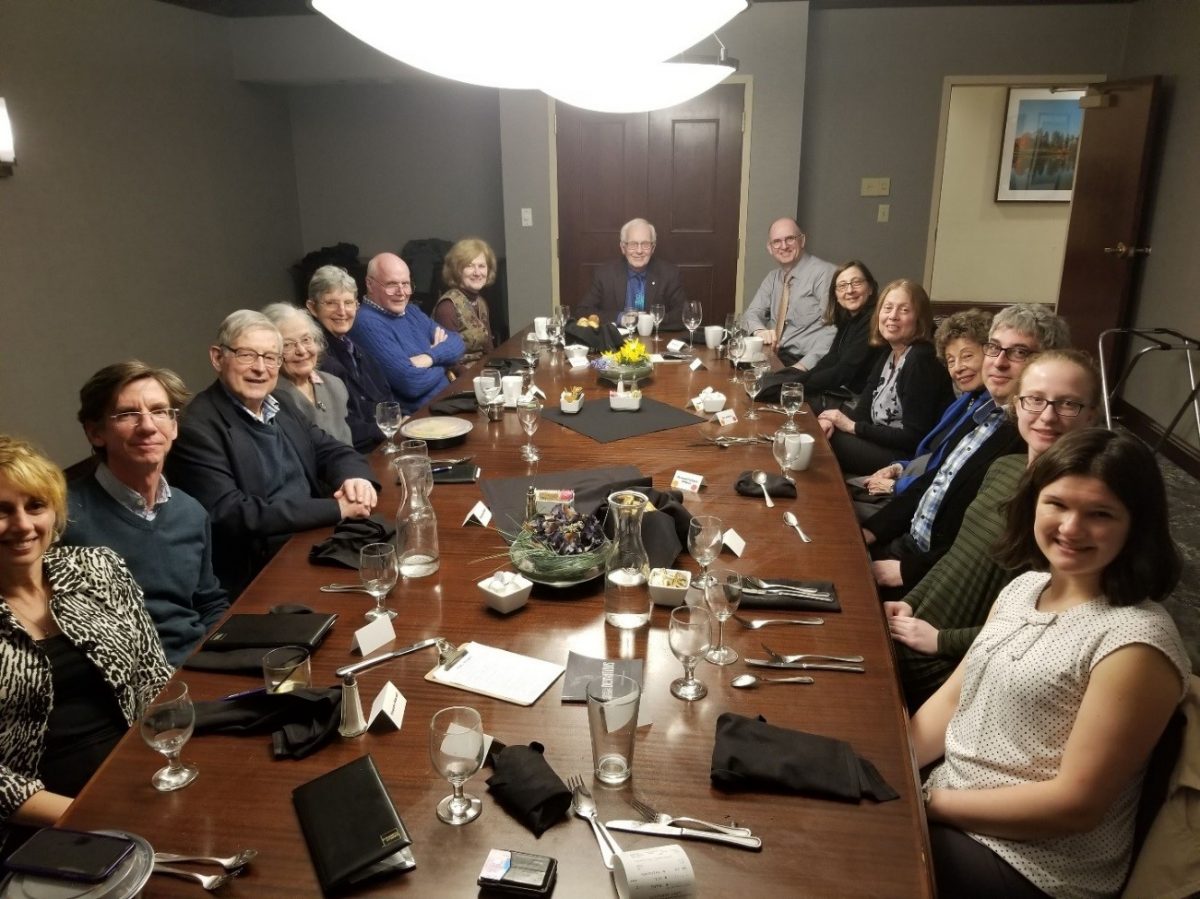
2019 Pollack Lecture
On April 11th and 12 of 2019 Prof. Paul Corkum of the Joint Attosecond Laboratory (University of Ottawa and the National Research Council of Canada) visited the department. Prof. Corkum’s main area of research is on the interaction of ultrashort laser pulses with matter broadly defined. His most notable contribution is perhaps the discovery of […]
[Read More]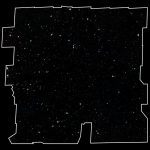
Astronomers Assemble View of Evolving Universe
The University of Connecticut’s Katherine Whitaker is part of a team of astronomers who have put together the largest and most comprehensive “history book” of the universe from 16 years’ worth of observations from NASA’s Hubble Space Telescope.This image, a mosaic of nearly 7,500 separate Hubble exposures, presents a wide portrait of the distant universe and contains roughly 265,000 galaxies that stretch back through 13.3 billion years to just 500 million years after the Big Bang.
[Read More]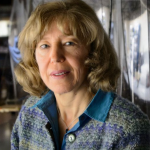
UConn Physics Professor elected to AAAS
UConn physics professor Nora Berrah has been elected to the historic and prestigious American Academy of Arts and Sciences. This year, more than 200 individuals were elected to the academy with compelling achievements in academia, business, government, and public affairs. Berrah, who was head of the physics department from 2014 to 2018, has been recognized […]
[Read More]
UConn Astronomers React to First Photo of a Black Hole
This image is the first ever taken of a black hole, captured by the Event Horizon Telescope (EHT) project. The black center is a direct view of the event horizon of a supermassive black hole with a mass of 6.5 billion times the Sun, lying at the center of the Virgo cluster of galaxies. The bright ring is emission from hot gas just above the event horizon, with an asymmetric shape caused by gravitational lensing of light in the strong gravity of the black hole. The EHT collaboration captured the image using a network of 8 radio telescopes that spanned the Earth.
[Read More]Charles Reynolds Lecture 2018: Prof Andrew Millis
The 2018 Reynolds lecture speaker was Prof Andrew Millis, a Professor of Physics at Columbia University and a co-Director of Center for Computational Quantum Physics at the Flatiron Institute. Dr. Millis’s research focus is theoretical condensed matter physics. He is the leading authority in theory of correlated materials, application of new theoretical ideas to actual […]
[Read More]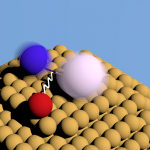
2 for the price of 1: UConn researcher finds new mechanism making double ionization an efficient process
An international research team headed by Dr. Aaron LaForge from the research group of Prof. Nora Berrah in the Physics department at UConn has recently discovered a new type of decay mechanism leading to highly efficient double ionization in weakly-bound systems. The team has published its results in the science journal “Nature Physics”. Ionization is […]
[Read More]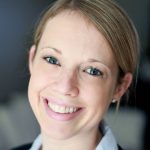
Kate Whitaker wins the Sloan Fellowship!
Original UConn Today article here Rising Star in Astrophysics Receives Sloan Foundation Fellowship February 19, 2019 – Jessica McBride – Office of the Vice President for Research Kate Whitaker, assistant professor of physics, stands next to a telescope inside the observatory on top of the Gant Complex on Feb. 14, 2019. (Peter Morenus/UConn Photo) As […]
[Read More]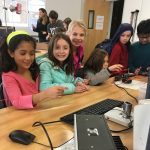
Goodwin School 3rd grade visits the Physics Learning Labs
About one mile from the Gant plaza, Goodwin Elementary School teaches some really bright kids. On January 15, 2019, science teacher Nancy Titchen and Goodwin teachers brought the entire 3rd grade class on a field trip to the Physics Learning Labs mock-up studio for some science fun. Students enjoyed a liquid nitrogen show, witnessed quantum […]
[Read More]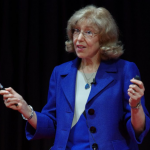
Nora Berrah Named 2018 AAAS Fellow
Physics professor Nora Berrah has been named a 2018 Fellow of the American Association for the Advancement of Science (AAAS). Prof. Berrah has been recognized for her distinguished contributions to the field of molecular dynamics, particularly for pioneering non-linear science using x-ray lasers and spectroscopy using synchrotron light sources. View full story on CLAS website.
[Read More]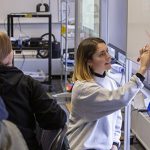
Hands-On Approach to Physics
Step into a fall 2018 class section of PHYS 1602: Fundamentals of Physics II, and you’ll find a scene that’s far from the large introductory science lectures common on most college campuses. Anna Regan ’21 (CLAS) utilizes a whiteboard to try out solutions during her group’s problem-solving tutorial. (Bri Diaz/UConn Photo) To start, the class […]
[Read More]
Faculty Profile: UConn Astrophysicist Cara Battersby
A young Cara Battersby once scrawled out the phrase “Science is curious” in a school project about what she wanted to do when she grew up.
This simple phrase still captures Battersby’s outlook on her research about our universe.
Recently shortlisted for the 2018 Nature Research Inspiring Science Award, Battersby has been working on several projects aimed at unfolding some of the most compelling mysteries of galaxies near and far.
“I’m really interested in how stars are born,” Battersby says. “They’re the source of all life on Earth.”
Battersby is leading an international team of over 20 scientists to map the center of the Milky Way Galaxy using the Submillimeter Array in Hawaii, in a large survey called CMZoom. She was recently awarded a National Science Foundation grant to follow-up on this survey and create a 3D computer modeled map of the center of the Milky Way Galaxy.
[Read More]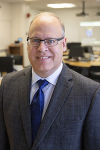
Welcoming Barrett Wells as new department head
In August 2018, Professor Barrett Wells entered as the new head of the Physics department, following Professor Nora Berrah. Barrett is an experimental condensed matter physicists with a robust research program involved in both synthesis and advanced experimentation around novel phases of quantum materials. Barrett brings to the department strong administrative talent, having served […]
[Read More]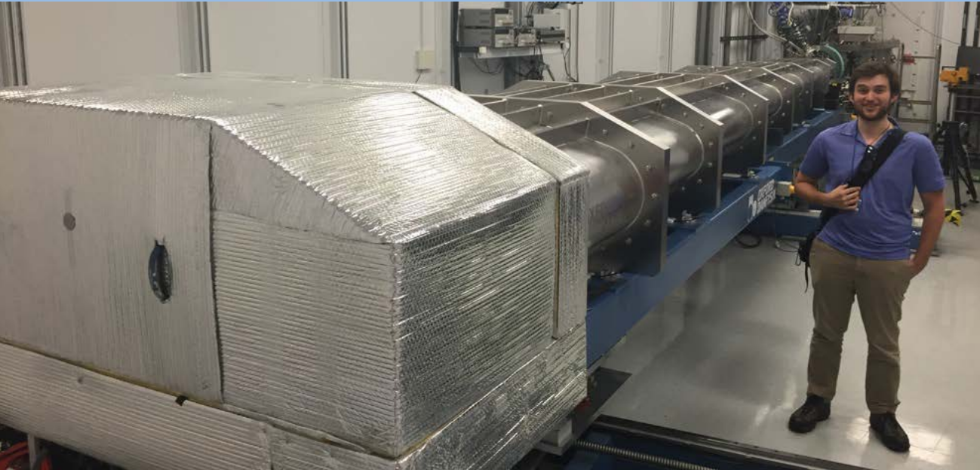
UConn Physics major wins national recognition for research
Connor Occhialini – Finalist 2018 LeRoy Apker Undergraduate Achievements Award by Jason Hancock One of our star undergraduates, Connor Occhialini, has won national recognition as a finalist in the 2018 LeRoy Apker Undergraduate Achievements Award competition for his research in the UConn Physics department. The honor and distinction is awarded not only for the excellent […]
[Read More]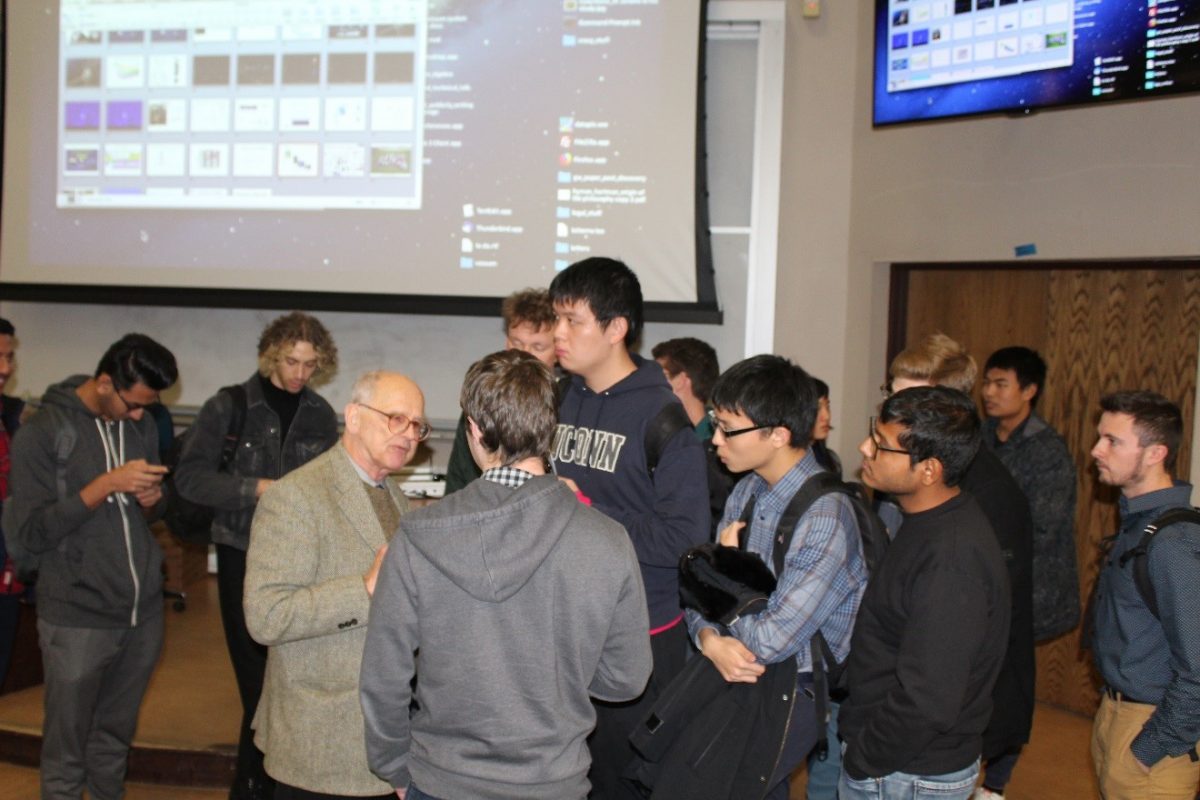
Professor Rainer Weiss: Katzenstein Distinguished Lecture
The Katzenstein Distinguished Lectures series continued in the 2018 academic year with its twenty second Nobel Laureate lecturer, with an October 26, 2018 lecture by Professor Rainer Weiss of the Massachusetts Institute of Technology. The title of Professor Weiss’ talk was “Exploration of the Universe with Gravitational Waves”, with abstract: The observations of gravitational waves […]
[Read More]Search for teaching laboratory technicians
Laboratory Technician II (UCP 4) Department of Physics College of Liberal Arts and Sciences University of Connecticut The Department of Physics seeks 2 dynamic and energetic applicants to join its teaching laboratory team. The Department is undergoing a deep renovation of teaching pedagogy in large-scale learning labs with full support of the University. The successful […]
[Read More]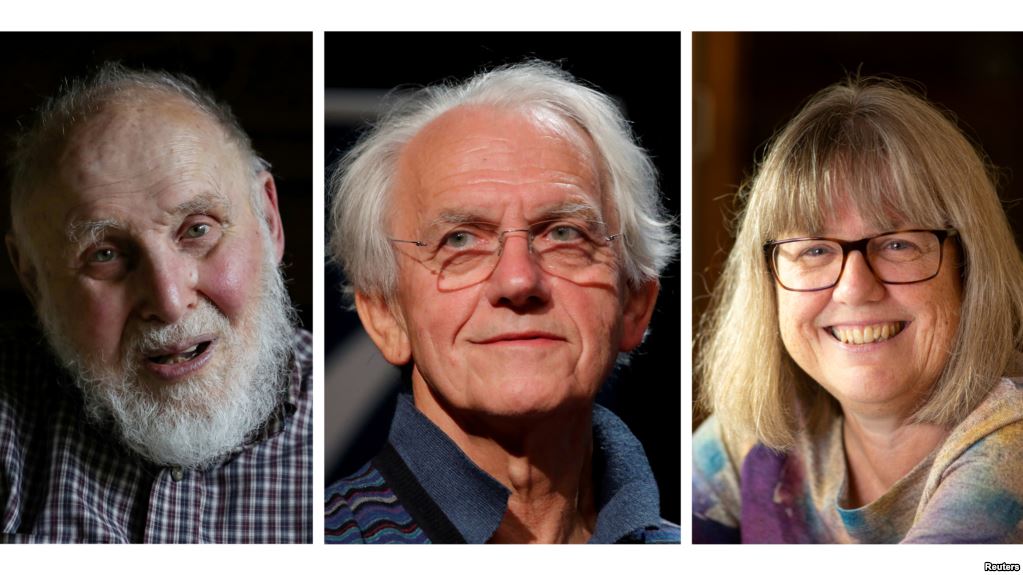
Physics Nobel prize 2018
The Physics Nobel prize in 2018 was awarded to Gérard Mourou (École Polytechnique, Université Paris-Saclay), Arthur Ashkin (Bell Laboratories and Lucent Technologies), and Donna Strickland (University of Waterloo) for ground-breaking inventions in the field of laser physics.
[Read More]
Workshop ‘Dynamic Quantum Matter’ organized by UConn faculty
Dynamic Quantum Matter, Entangled orders and Quantum Criticality Workshop, June 18- June 19, 2018, sponsored by UConn, NSF, Nordita, Villum Center for Dirac Materials, Institute for Materials Science. The conference focused on entangled and non-equilibrium orders in quantum materials.
[Read More]
Physics undergrad is the recipient of 2018 Mark Miller research award
Physics major Brenna Robertson has been selected as the recipient of the 2018 Mark Miller Undergraduate Research Award. Brenna’s proposal, which focuses on modeling supermassive black hole spin using spectral emission diagrams, was selected from among a strong pool of applicants. Brenna Robertson is working with Prof. Jonathan Trump. The Mark Miller Award is a […]
[Read More]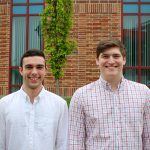
NASA awards to two physics undergraduate students
Undergraduate Physics Majors, Sam Cutler and Anthony (Josh) Machado, recently received awards from the NASA Connecticut Space Grant Consortium. Sam was awarded an Undergraduate Research Fellowship to perform research at UConn this summer working with Prof. Kate Whitaker. The title of his research project is “Examining High Redshift Rotation Curve Outside the Local Universe”. Josh […]
[Read More]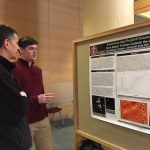
Annual Research Poster Day
The Physics Department Graduate Student Association, in collaboration with the faculty, organized the Annual Research Poster Day which was held this year on March 23, 2018. About 15 students presented their research in a poster presentation. Awards were presented to graduate students Erin Curry and Martin Disla, and an undergraduate student Sadhana Suresh.
[Read More]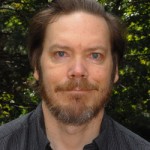
Prof. Wuosmaa has been awarded a 3-year grant
Prof Alan Wuosmaa has been awarded a grant for 3 years for Studies of exotic nuclei with transfer reactions. For the information about Prof. Wuosmaa research visit his home page.
[Read More]
Prof. Blum has been selected a “Fermilab Distinguished Scholar”
Professor Tom Blum has been selected a “Fermilab Distinguished Scholar”. Fermilab Distinguished Scholars are rotating multi-year appointments for U.S. theorists in either the Fermilab Theoretical Physics Department or the Theoretical Astrophysics Group. The Fermilab Distinguished Scholars program aims to: Strengthen connections between the Fermilab Theoretical Physics and Astrophysics groups and the wider U.S. particle-theory community. […]
[Read More]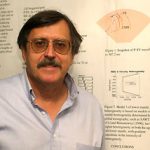
Prof. Cormier’s NSF award: Seismic Signatures of Inner Core Solidification
Professor Vernon F. Cormier from the Department of Physics, University of Connecticut has received a grant from the National Science Foundation to study the transition from liquid to solid in the Earth’s core using seismic wave measurements. Cormier’s project will determine the structure of the Earth’s inner core in relation to the processes that […]
[Read More]
Department, alumni celebrate career of Prof. Doug Hamilton
Friday afternoon on April 20, 2018 the UConn Physics Department held a colloquium in honor of Professor Douglas Hamilton on the occasion of his retirement from active service on the faculty. The colloquium was MC’ed by Prof. Jason Hancock, who surveyed the highlights of a career spanning four decades marked by notable accomplishments in research, […]
[Read More]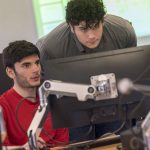
Hands-on teaching of introductory physics gains momentum
A recently renovated physics classroom in the Edward V. Gant Science Complex was built to pilot a new approach to physics education, integrating lecture with lab rather than the classical approach of separating these components. Students and instructors apply concepts with hands-on activities throughout the lecture, practice new tools, and problem solve as a […]
[Read More]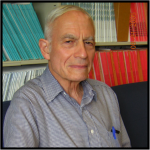
In memoriam, George H. Rawitscher (1928-2018)
A memorial service for Prof. Rawitscher will be held Saturday, Sept. 15 at 2pm in the Storrs Congregational Church, 2 North Eagleville Rd., Storrs, CT 06268. George passed away on March 10, 2018, after a brief illness and just having passed his 90th birthday, which was celebrated with a cake at a meeting of the UConn Physics Department. George served as a UConn faculty member for 45 years from 1964 until he retired in 2009.
[Read More]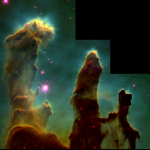
UConn Prof. Kate Whitaker interviewed by Gizmodo
Gizmodo has recently launched a new series of articles to explore how the best images in science were created and why. In a recent article in this series by Ryan F. Mandelbaum entitled, “The Making of ‘Pillars of Creation,’ One of the Most Amazing Images of Our Universe”, the author presents a classic set of images taken […]
[Read More]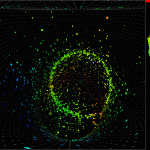
21st Annual Katzenstein Distinguished Lecture
Monday, March 26, 2018 The 21st Annual Katzenstein Distinguished Lecture was hosted by the UConn Physics Department, featuring Dr. Takaaki Kajita, 2015 Nobel Prize Winner from the University of Tokyo, speaking on “Oscillating Neutrinos.” After the lecture, a banquet with the speaker was held for members and guests of the department. We enjoyed welcoming alumni and […]
[Read More]
Physics students boost interdisciplinary research in materials
PhD student Lukasz Kuna and undergraduate Hope Whitelock participate in a symposium “Mesoscopic phenomena in ceramic materials” arranged by Materials Scientist Serge Nakhmanson at the “Electronic and Advanced Materials Conference” in Orlando, Florida. Four UConn students including Tulsi Patel, Krishna Chaitanya Pitike, Lukasz Kuna and Hope Whitlock showcased their research.
[Read More]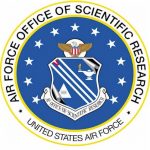
Prof. C. Trallero awarded multiple research grants
Professor Carlos Trallero has been granted $1.06 million from the Department of Defense, the U.S. Air Force and the Air Force Office of Scientific Research to study recollision physics at the nanoscale to help develop ultrafast electronics. This research will enhance the knowledge base of electron recollision dynamics at the nanoscale, which can be used to develop ultrafast light-driven electronics.
[Read More]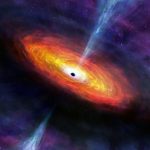
One Giant Leap in Mapping the Universe
An artist’s rendering of hot material falling into a supermassive black hole, creating what is called the accretion disk, shown in orange. Reverberation mapping measures the time it takes light to travel between two areas of the accretion disk. The ‘light echo’ enables direct measurement of the mass of the black hole. This reverberation mapping […]
[Read More]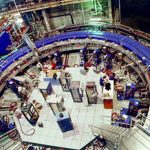
LQCD workshop to take place in Storrs
Muon g-2 Theory Initiative Hadronic Light-by-Light working group workshop
Workshop participants will discuss recent progress and plans to determine the hadronic light-by-light scattering contribution to the muon anomalous magnetic moment, which is expected to contribute the largest uncertainty in the Standard Model prediction. The goal of the workshop is to estimate current and expected systematic errors from lattice QCD, dispersive methods, and models and create a plan to address them in time for new experiments at Fermilab and J-PARC.
[Read More]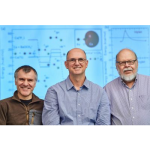
Ultracold group achieves new milestone in quantum control
December 19, 2017 – Colin Poitras – UConn Communications Scientists from three major research universities successfully manipulated the outcome of a chemical reaction and, in doing so, created a rare molecular ion. Through a process known as “controlling chemistry,” the researchers bonded an oxygen atom to two different metal atoms, creating the barium-oxygen-calcium molecular ion or BaOCa+ The same […]
[Read More]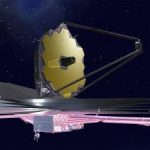
Astronomers granted early science time on James Webb space telescope
Two UConn physics professors will be among the world’s first scientists to explore the universe using the new James Webb Space Telescope. The highly competitive, peer-reviewed James Webb Space Telescope Early Release Science program was created to test the capabilities of the new observatory and to showcase the tools the telescope is equipped with. Of more than 100 proposals submitted, only 13 were chosen to participate in the early release phase, including two separate proposals involving UConn researchers Kate Whitaker and Jonathan Trump, both assistant professors of physics.
[Read More]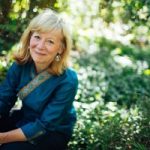
Special Lecture on Diversity and Inclusion
Solving the complex problems that we face in our world today requires a more talented workforce than we have ever needed before. Such a workforce must be comprised of a wide range of diverse talents and creative insights. No segment of the population can be ignored or overlooked in this talent search. This presentation will describe the most recent research that demonstrates the positive impact that social and informational diversity has on science and innovation, the reasons for this impact and the importance of committed leadership in achieving a strong and inclusive workplace where creativity and productivity is maximized.
[Read More]
Two UConn professors recognized as Fellows of the American Physical Society
The American Physical Society (APS) has named two UConn Physics faculty as APS Fellows. APS Fellowship is a distinct honor signifying recognition by one’s professional peers and is an honor bestowed by election. The criterion for election is exceptional contributions to the physics enterprise; e.g., outstanding physics research, important applications of physics, leadership in or service to physics, […]
[Read More]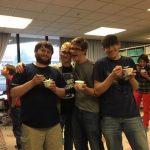
Department welcomes new students with annual Ice Cream Social
The UConn Physics Graduate Student Association sponsored a social event featuring UConn dairy bar ice cream to welcome back students after the summer break. Other regular events throughout the year sponsored by the PGSA include the Holiday Party in December, the Poster Exhibition Competition in April, and the Department Picnic in May.
[Read More]
UConn offers new minor in Astronomy
The Physics Department has recently expanded its research and teaching specialties to include Astronomy with the addition of three new junior faculty: Cara Battersby, Jonathan Trump, and Kate Whitaker. In addition to the expertise in Observational Astronomy using the latest instruments and techniques, they are also spearheading a suite of new courses in Astronomy and […]
[Read More]
Professor tests innovative approach to teaching Introductory Physics
Following up on results from Physics education research conducted at MIT and elsewhere, professor Jason Hancock has begun the process of transforming the way Introductory Physics is taught at the University of Connecticut. Starting with the course PHYS 1601Q for physics majors, Prof. Hancock has developed a curriculum that integrates aspects of both lecture and lab […]
[Read More]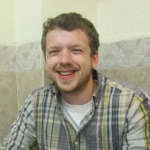
Alex Barnes, PhD April 2017, begins post-doctoral fellowship in Nuclear Physics at CMU
In May, 2017 UConn alumnus Alex Barnes was awarded a postdoctoral fellowship in Nuclear Physics at Carnegie Mellon University, working in the group of Prof. Curtis Meyer. Alex begins this appointment immediately after completing his PhD at the University of Connecticut in April 2017, under the guidance of Prof. Richard Jones. In his new position, […]
[Read More]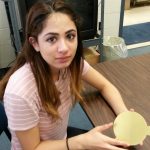
UConn undergraduate researcher developing new radon detector for household use
The U.S. Centers for Disease Control lists radon as a primary cause of lung cancer, second only to smoking. The Environmental Protection Agency estimates that 20,000 deaths each year from lung cancer in the U.S. are the result of exposure to radon in the living environment. It is believed that as many as 1 in […]
[Read More]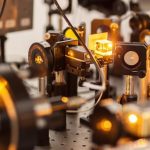
Undergraduate Sam Entner traps cold atoms in Physics lab for summer research project
As a research assistant in the physics department at UCONN, I assisted in the alignment, maintenance, and principles of operation of the various apparatuses and measurement techniques used within cold atomic, molecular, and optical (AMO) experimental physics research. This included optical components, laser alignment, laser locking, saturation absorption spectroscopy, and electrodynamic ion trapping. Some specific […]
[Read More]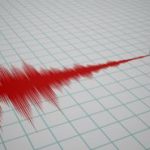
Detection of recent seismic events in Storrs
Attached is our record for the Mw 6.9 earthquake associated with eruptions of the Kilauea volcano on the big island of Hawaii. The large waves arriving after 2300 GMT are surface waves (elastic energy that exponentially decays with depth away from the surface) traveling from the earthquake to us. The beating pattern is characteristic of […]
[Read More]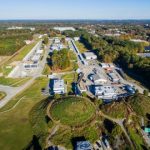
The newly upgraded CEBAF Accelerator opens door to strong force studies
Scientists have been rigorously commissioning the experimental equipment to prepare for a new era of nuclear physics experiments. This equipment is at the newly upgraded Continuous Electron Beam Accelerator Facility (CEBAF) at Jefferson Lab in Newport News, Virginia. These activities have already led to the first scientific result. This research demonstrates the feasibility of detecting a potential new kind of particles known collectively as exotic hadrons. The existence and spectrum of these new particles hold important clues to unlocking the mystery of “quark confinement” — why no quark has ever been found alone.
[Read More]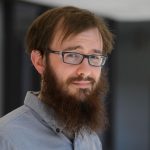
UConn PhD student Daniel Hoying receives Dept. of Energy fellowship
As a theoretical physicist studying the fundamental elements of matter, UConn graduate student Daniel Hoying creates calculations so large and complex they require supercomputers to perform them. So Hoying is obviously excited that he will soon have regular access to one of the world’s most powerful supercomputers at the U.S. Department of Energy’s Brookhaven National […]
[Read More]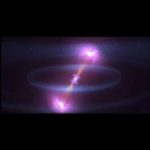
New gravity wave detection signals collision of two dead stars
For the first time, scientists have directly detected gravitational waves — ripples in space-time — in addition to light from the spectacular collision of two neutron stars. This marks the first time that a cosmic event has been viewed in both gravitational waves and light. The discovery was made using the U.S.-based Laser Interferometer Gravitational-Wave […]
[Read More]Job opening: Senior Machine Shop Engineer
The Department of Physics, in the College of Liberal Arts and Sciences, seeks qualified applicants for the position of Senior Machine Shop Engineer (UCP 8). The Department of Physics machine shop supports the teaching and research missions of the department through the design, building, and implementation of sophisticated experimental apparatus, and in the training and […]
[Read More]
Landmark g-2 experiment begins second phase in long career of testing the Standard Model
Instead of directly searching for new particles as the LHC experiments are doing in Geneva, the muon g-2 experiment at Fermilab measures a well-known physical property of the muon to ever greater precision, looking for deviations from the value it should have based on the Standard Model of particle physics, assuming that no new forces […]
[Read More]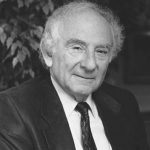
Katzenstein lecture brings Nobel Laureat, UConn alumni to Storrs
The Katzenstein Distinguished Lectures series continued in Fall 2016 for its 19th year, with an October 28, 2016 lecture by Professor Leon N. Cooper of Brown University, entitled “On the Interpretation of the Quantum Theory: Can Free Will And Locality Exist Together In The Quantum Theory?” Professor Cooper shared the 1972 Nobel Prize in Physics […]
[Read More]
Thousands attended eclipse viewing hosted by UConn Physics
On Monday, August 21, 2017, the moon eclipsed the sun across the US. What began as a small organic outreach activity blossomed into an epic community event. With help from UConn communications, the UConn Physics club, and staff in the physics department, astronomers Jonathan Trump, Cara Battersby, and Kate Whitaker hosted an eclipse viewing event open […]
[Read More]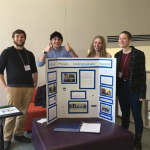
Undergraduate achievements receive wide attention
Whoever said rules were made to be broken wasn’t a physicist. When something doesn’t act the way you think it should, either the rules are wrong, or there’s new physics to be discovered. Which is exactly what UConn’s Connor Occhialini ’18 (CLAS), an honors student majoring in physics and math, found when he began researching scandium fluoride. Most materials swell as they heat up. Scandium fluoride must be doing something else, reasoned Occhialini. […]
[Read More]The Solar Eclipse Viewing Party
Please join the Department of Physics at UConn for a Solar Eclipse Viewing Party! Hosted by Prof. Cara Battersby, Prof. Jonathan Trump, and Prof. Kate Whitaker August 21 2017, Horsebarn Hill 1:00 – 4:00 PM (next to Dairy Bar) weather permitting From our location, the solar eclipse begins at 1:25pm and ends at 4:00pm. Maximum […]
[Read More]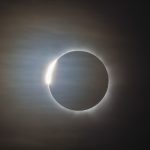
UConn astronomers on the American eclipse
A Total Eclipse of the Heart (of America) August 14, 2017 – Elaina Hancock – UConn Communications A spectacular and likely unforgettable show will take place in the sky Aug. 21. “Have you ever seen a total solar eclipse?” asks Cynthia Peterson, professor emerita of physics. “It’s a really, really exciting event!” The reason she and […]
[Read More]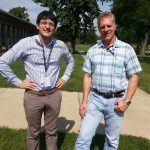
Physics student John Mangeri wins prestigious fellowship
John Mangeri’s Award Lands Him in Argonne National Laboratory John Mangeri (left) with his SCGSR-award host Dr. Olle Heinonen (right) in front of the Chemistry building (bldg. 200) at Argonne National Laboratory. (Photo credit to Dr. Andrea Jokisaari) By Katherine Eastman John Mangeri, a Ph.D. candidate in Dr. Serge Nakhmanson’s “Complex Materials by Computational Design” […]
[Read More]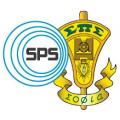
Physics undergraduates honored at annual SPS lecture and banquet
Spring 2017 the UConn chapter of the Sigma Pi Sigma Honor Society inducted 11 new members: Filip Bergabo, Vincent Flynn, Kevin Grassie, Daniel Kovner, Jack Lichtman, Paul Molinaro, Connor Occhialini, Brian Roy, Andrew Sampino, Theodore Sauyet, and Hope Whitelock. The academic scholarship of this group is truly outstanding, and probably unprecedented in the chapter’s history. […]
[Read More]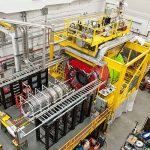
GlueX experiment publishes first scientific results following accelerator upgrade
Researchers working with the Continuous Electron Beam Accelerator Facility (CEBAF) at the U.S. Department of Energy’s Jefferson National Accelerator Facility (J-Lab) have published their first scientific results since the accelerator energy was increased from six billion electron volts (GeV) to 12 GeV. The upgrade was commissioned to enable the next generation of physics experiments that will allow scientists to see smaller bits of matter than have ever been seen before. The first publication from the upgraded CEBAF was published by the GlueX collaboration in the April issue of Physical Review C.
[Read More]
Physics society names three APS Fellows
The American Physical Society (APS) has named three UConn Physics faculty as APS Fellows. APS Fellowship is a distinct honor signifying recognition by one’s professional peers and is an honor bestowed by election. The criterion for election is exceptional contributions to the physics enterprise; e.g., outstanding physics research, important applications of physics, leadership in or […]
[Read More]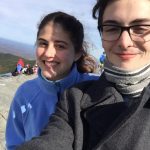
Annual group hike up Mount Monadnock shows charms of New England fall
Each fall for the past decade or more, members of the UConn Physics Department have gathered one clear day near the peak of fall colors for a group hike up Mount Monadnock. Located in the White Mountains of New Hampshire not far from Keene, Monadnock is well known for its accessibility to a wide range […]
[Read More]
Welcome to Three Assistant Professors in Astronomy
The Physics department is pleased to announce a new thrust in research, scholarship and teaching with the hire of three young astronomers: Jonathan Trump arrives from a Hubble Space Telescope Fellowship at Penn State University, Cara Battersby who currently has an NSF fellowship at the Harvard Smithsonian Center for Astrophysics and Katherine Whitaker Tease who is […]
[Read More]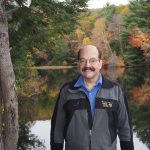
Edward E. Eyler: 1955-2016
The Physics Department is saddened by the passing of Professor Edward E. Eyler on September 19, 2016. Ed was a caring mentor to many students over his excellent research career. We will forever miss our friend and colleague.
[Read More]Professor William Stwalley Retires
William C. Stwalley (Bill), Board of Trustees Distinguished Professor of Physics, has retired from teaching on June 1, 2016. He is now continuing as UConn Board of Trustees Distinguished Professor Emeritus /Research Professor of Physics and also continuing as an Affiliate Professor of Chemistry and of the Institute of Material Science (IMS). The Physics Department […]
[Read More]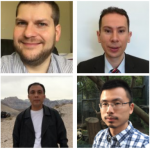
UConn Physics welcomes new teaching faculty
Assistant professors in residence (APiRs) are primarily responsible for teaching and managing large introductory service classes in cooperation with faculty. The Physics Department has recently promoted Diego Valente to APiR from his former position of Visiting Assistant Professor. Congratulations Diego on a well-deserved promotion. The department extends a warm welcome to three other APiRs, Belter Ordaz-Mendoza, Hani Duli, and […]
[Read More]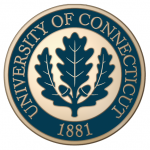
Employee appreciation
On Friday, April 15, the department will be hosting a special refreshments hour from 3:00-4:00PM in the Physics reading room in recognition of all Physics employees. This year we are celebrating milestones for the following people: Michael Rozman – 15 Years of service Edward Eyler – 20 years of service Dawn Rawlinson – 25 years […]
[Read More]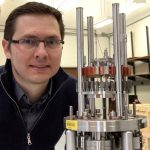
Prof. Sochnikov is a recipient of Montana Instruments Cold Science Exploration Awards
Dr. Sochnikov is a recipient of Montana Instruments Cold Science Exploration Awards Lab Startup Grant. Dr. Ilya Sochnikov has just started new scanning SQUID microscopy lab at the University of Connecticut. Ilya Sochnikov’s research focuses on nanoscale quantum phenomena in new materials. An emergence of a new phenomenon or a phase transition occurs when interactions […]
[Read More]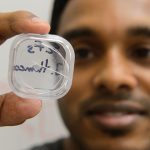
“Caution: Shrinks When Warm”
October 6, 2015 – Kim Krieger – UConn Communications Jason Hancock, Assistant Professor in Physics, with graduate students, Erin Curry and Sahan Handunkanda, have been investigating a substance that shrinks when it warms. Most materials swell when they warm, and shrink when they cool. But UConn physicist Jason Hancock has been investigating a substance that responds in reverse: […]
[Read More]
Physicists Solve Low-Temperature Magnetic Mystery
March 26, 2015 – Tim Miller Researchers have made an experimental breakthrough in explaining a rare property of an exotic magnetic material, potentially opening a path to a host of new technologies. From information storage to magnetic refrigeration, many of tomorrow’s most promising innovations rely on sophisticated magnetic materials, and this discovery opens the door to harnessing […]
[Read More]